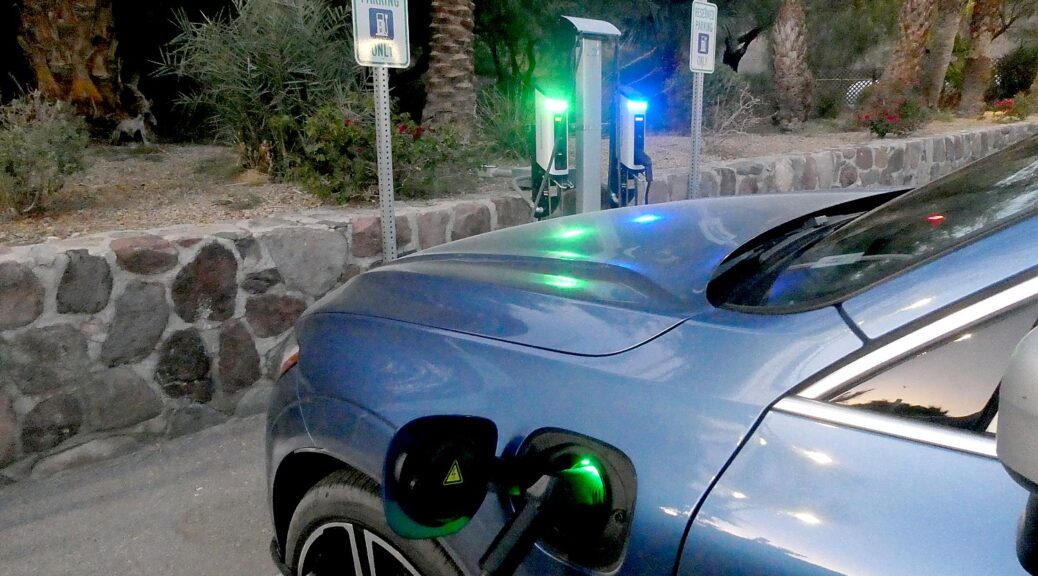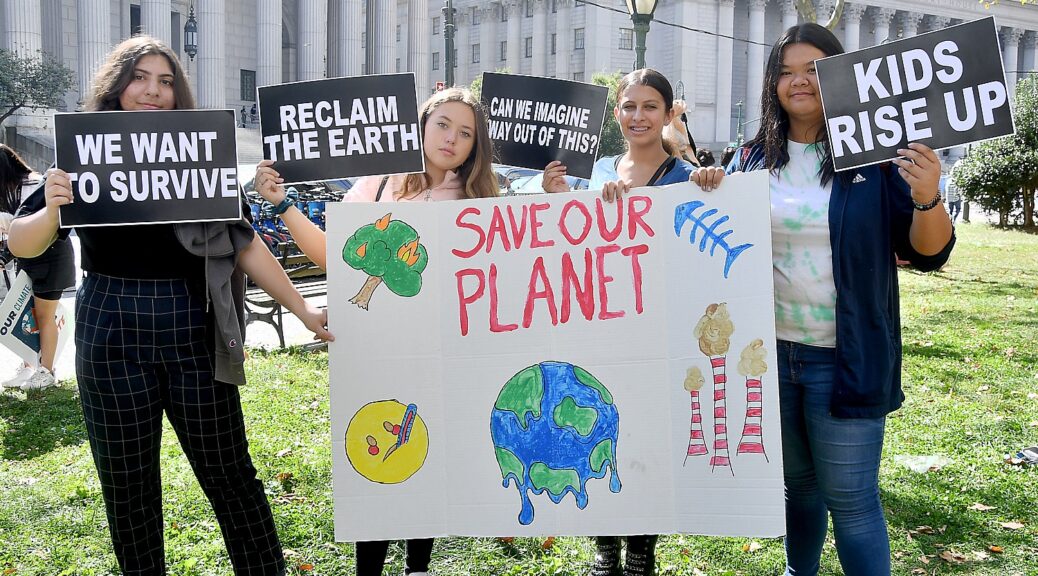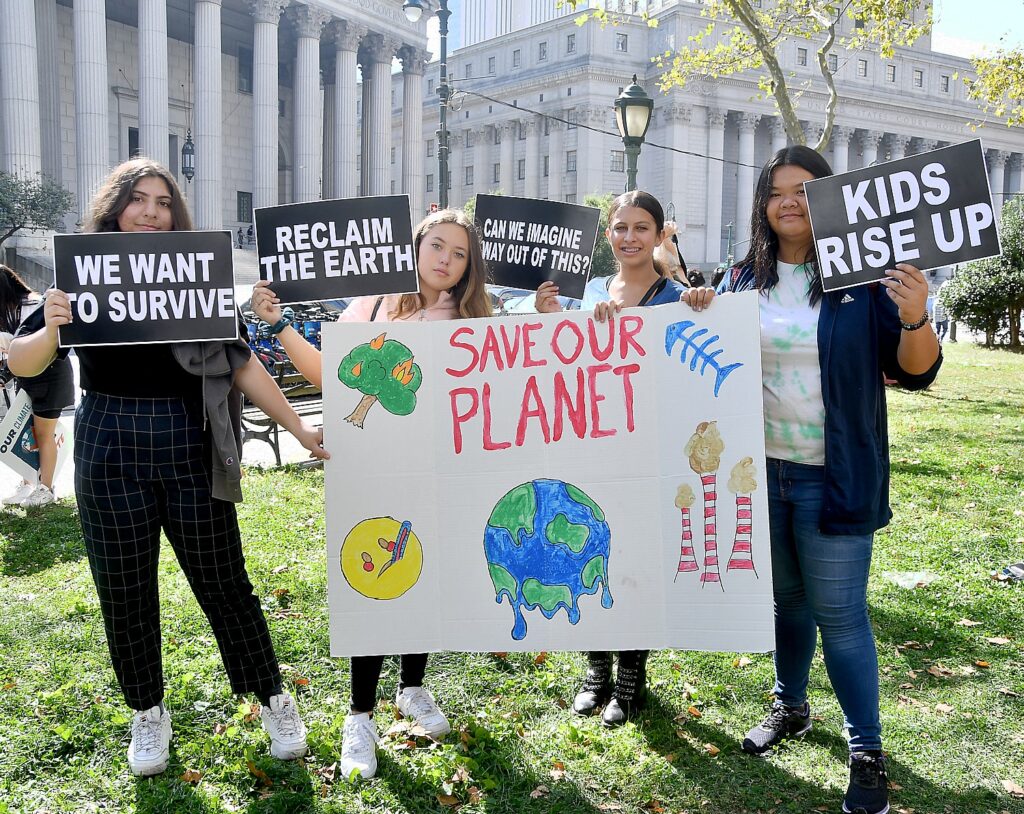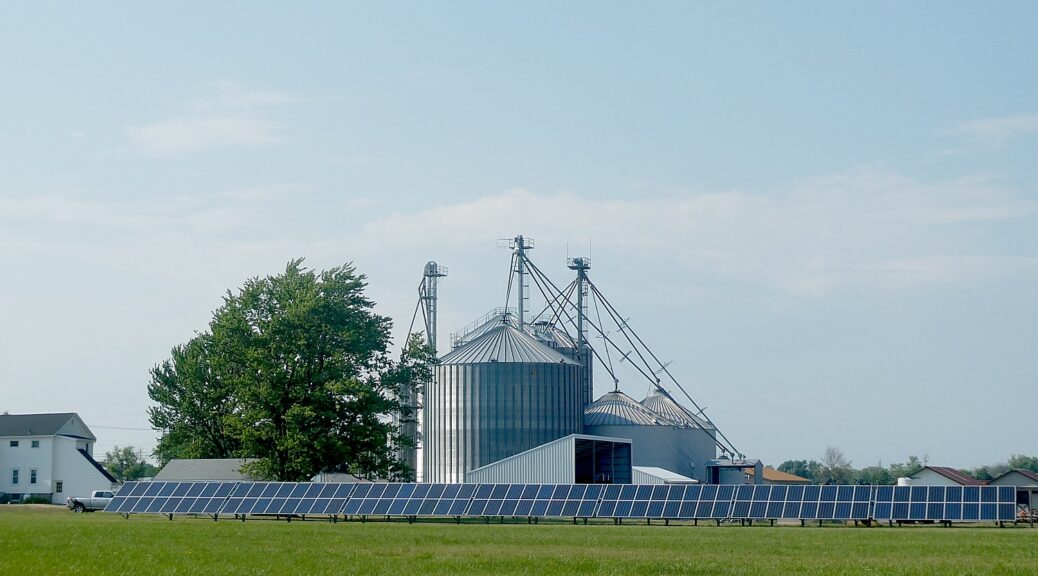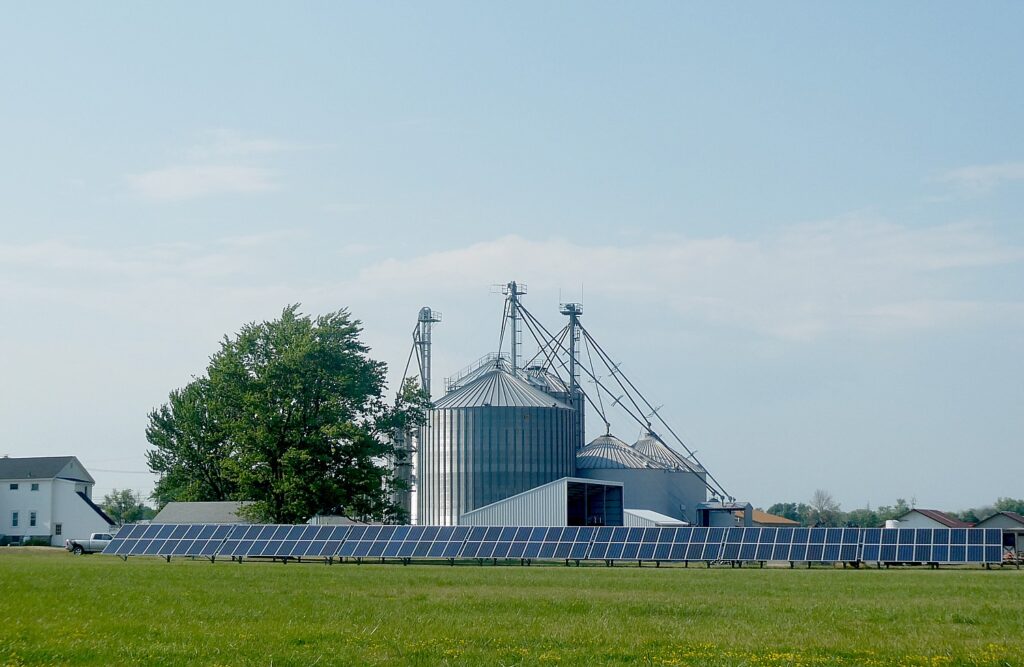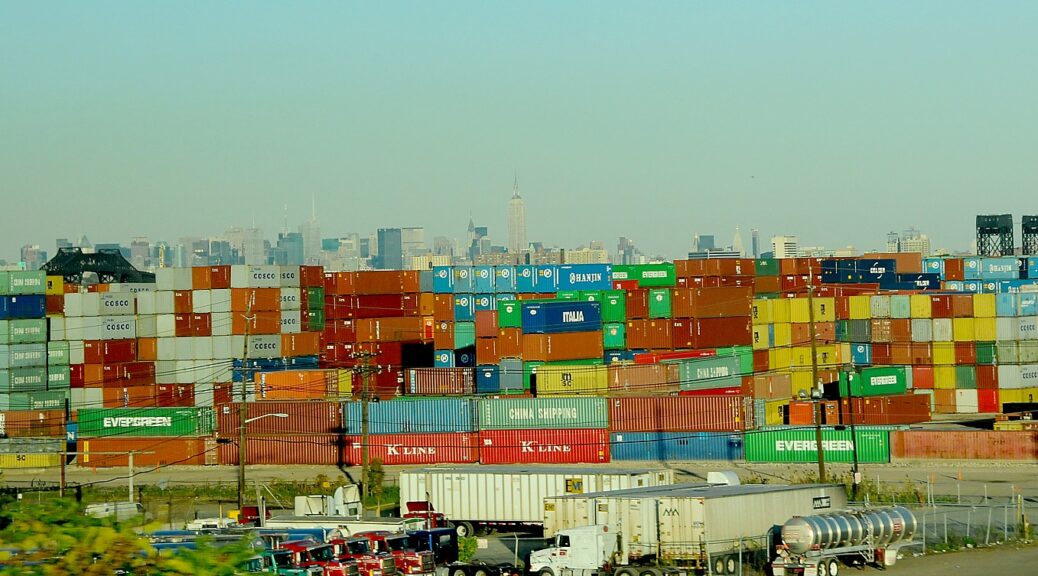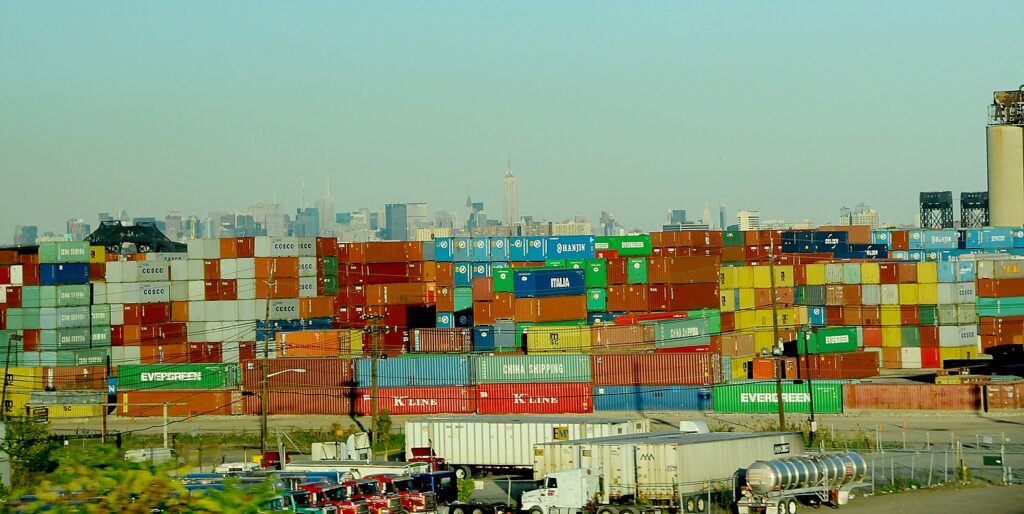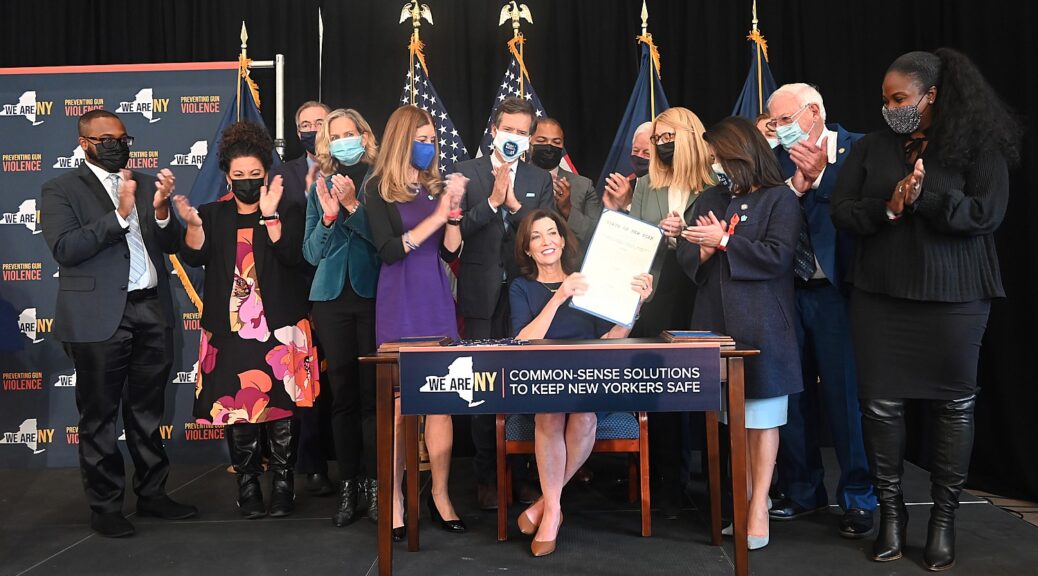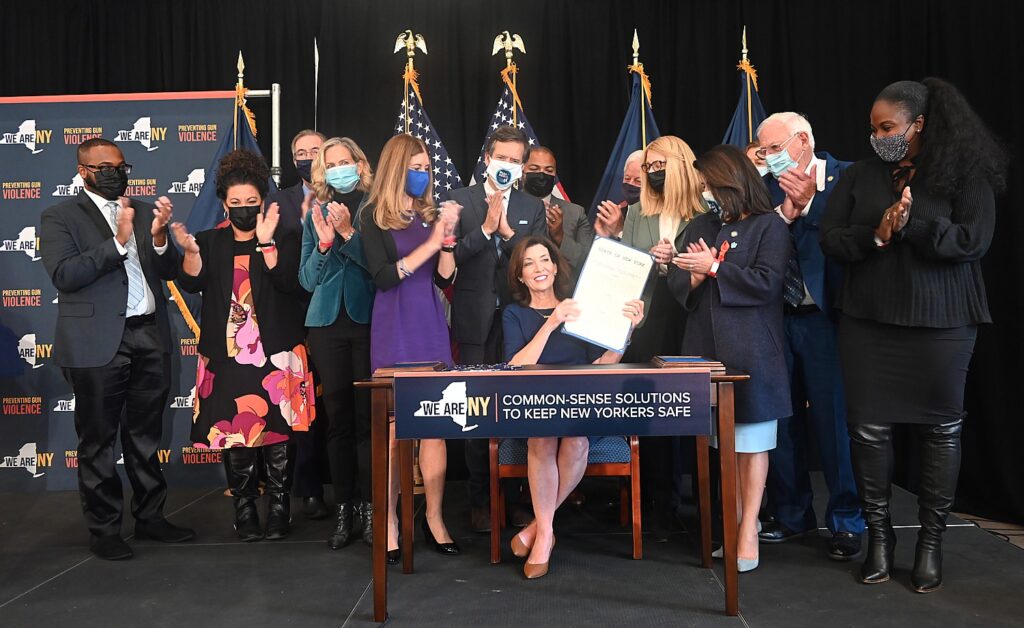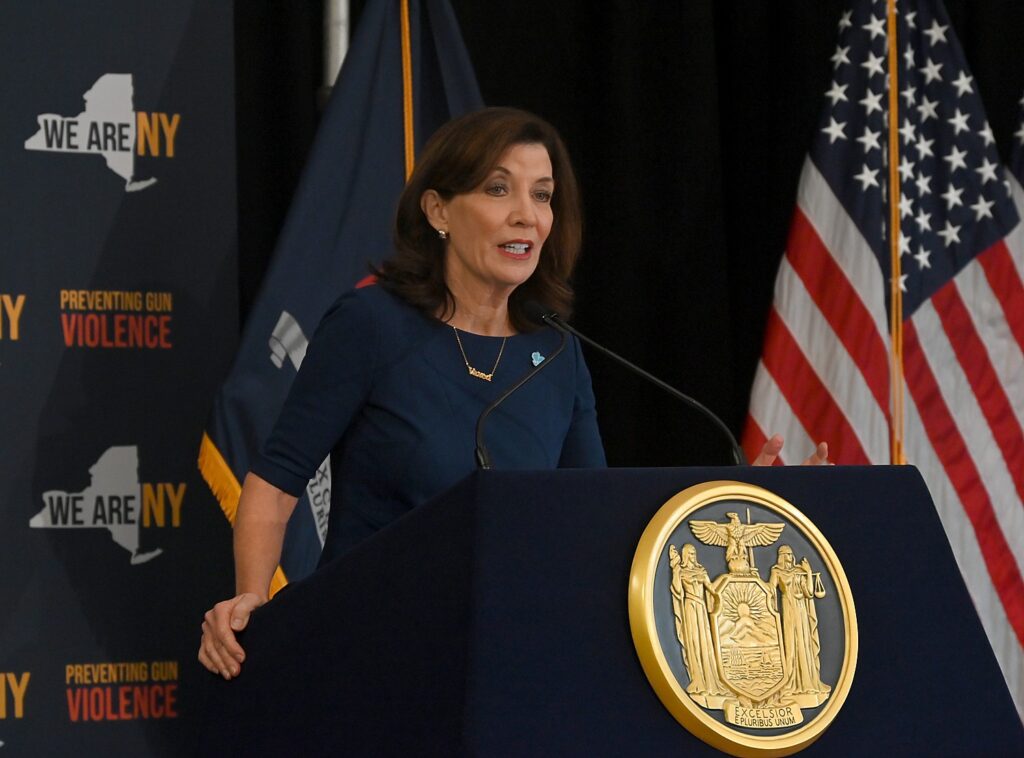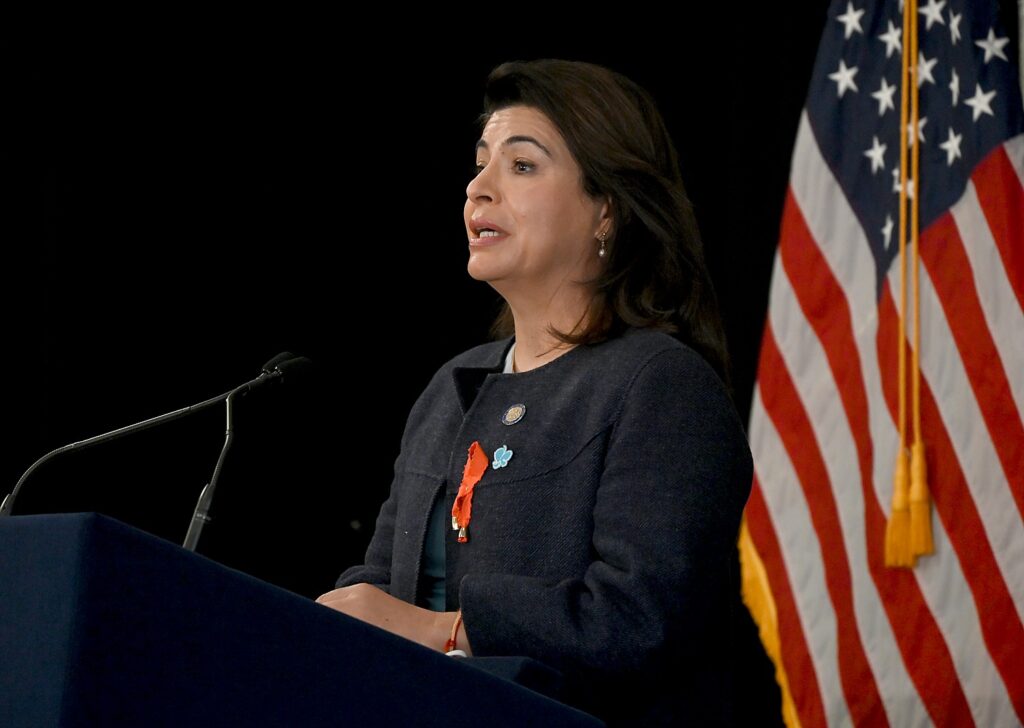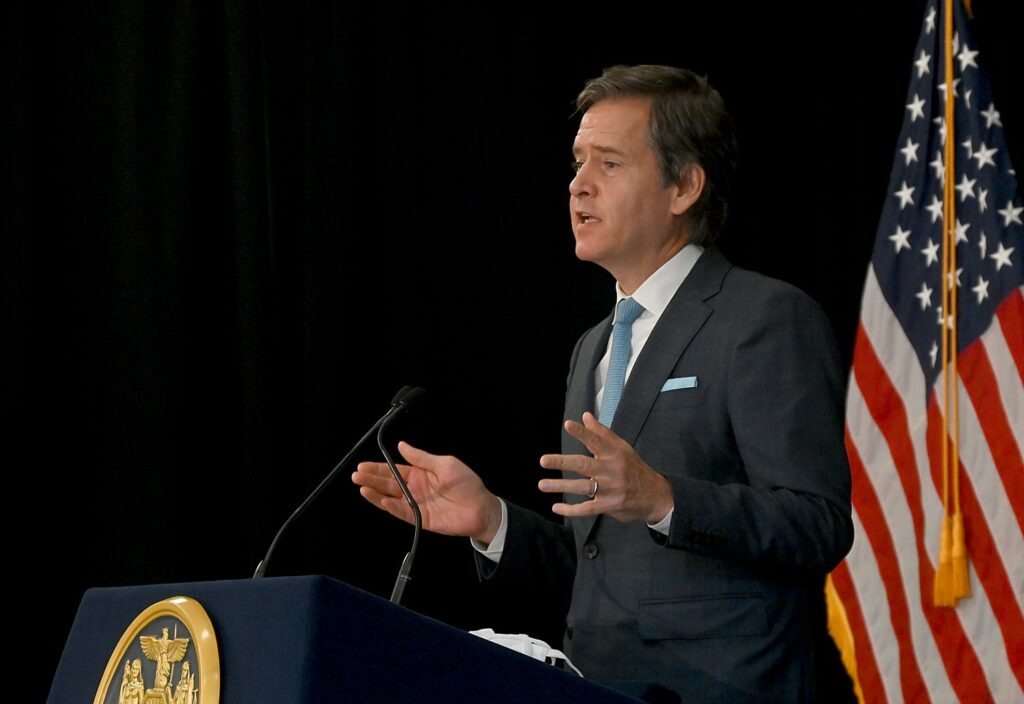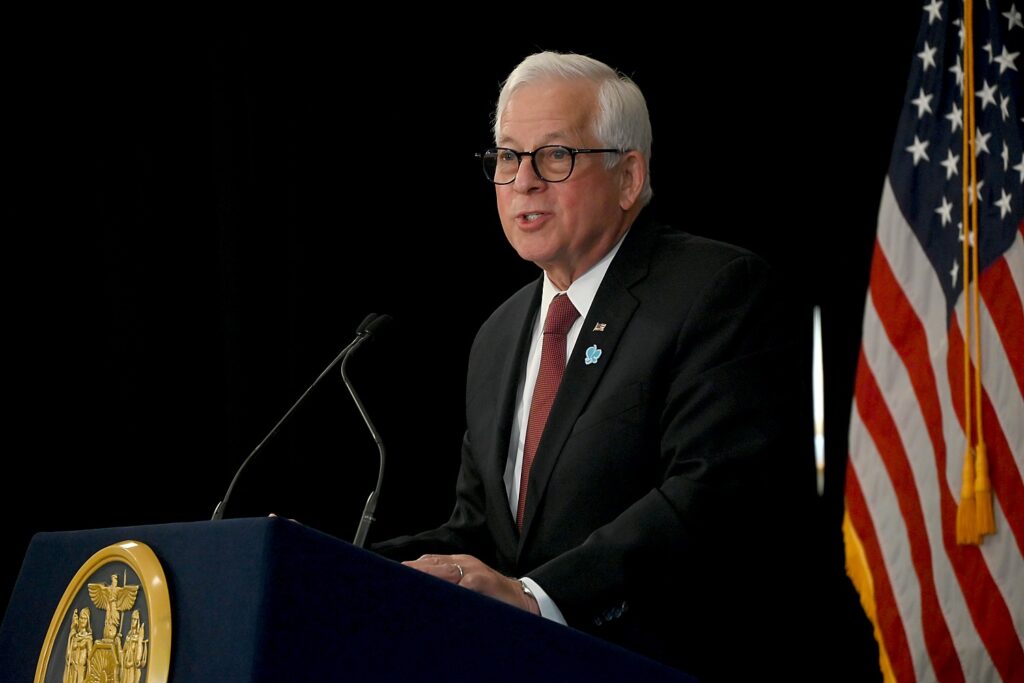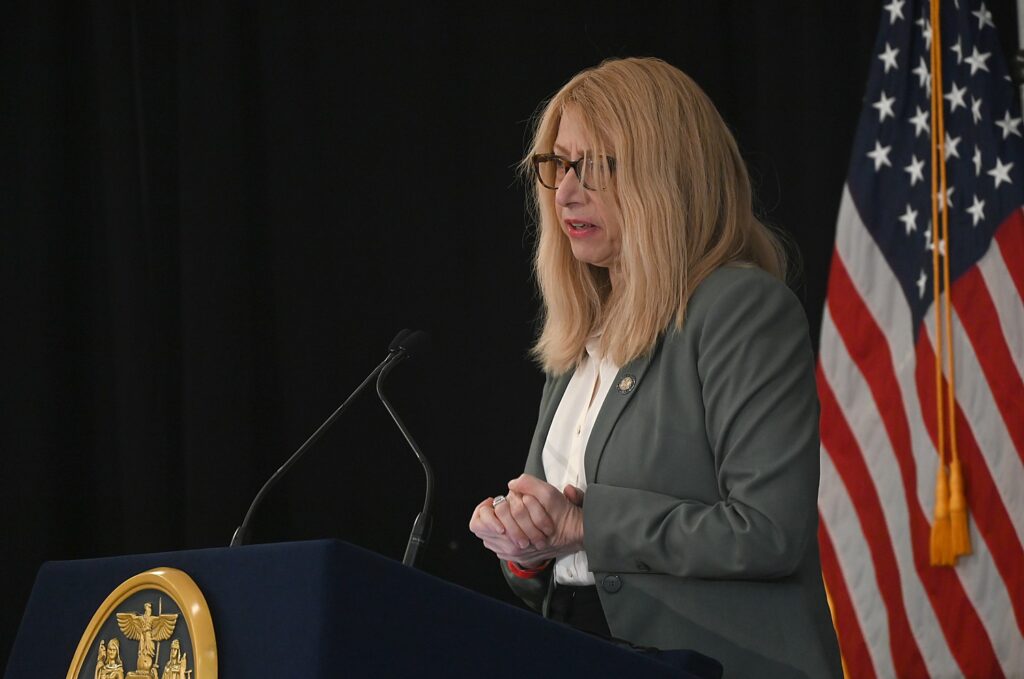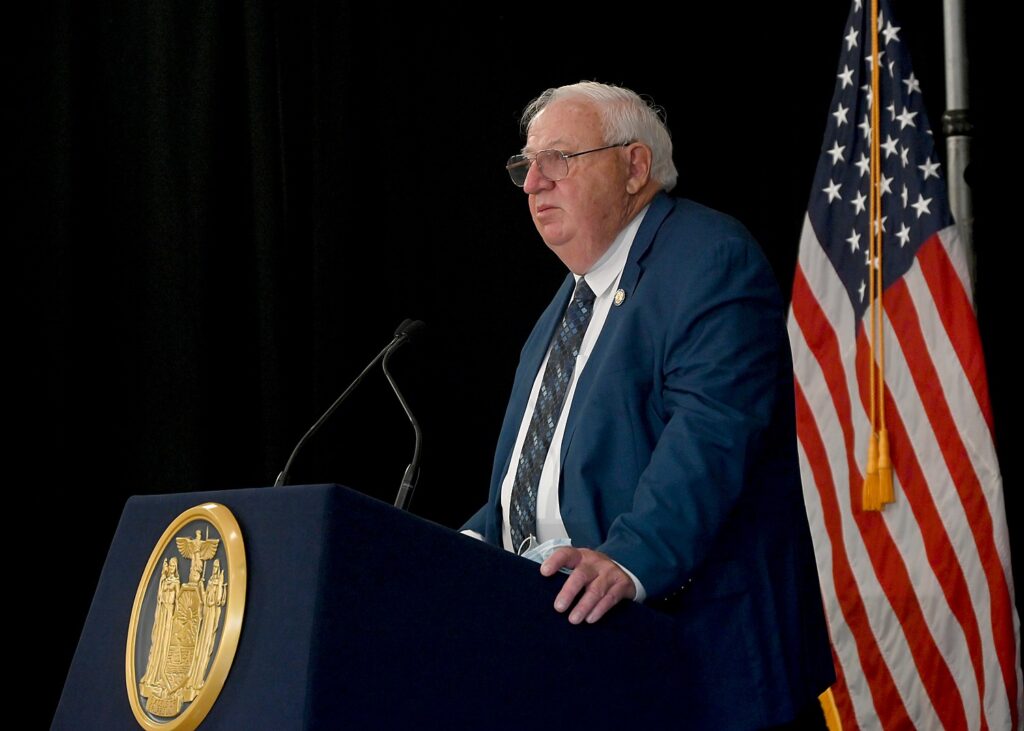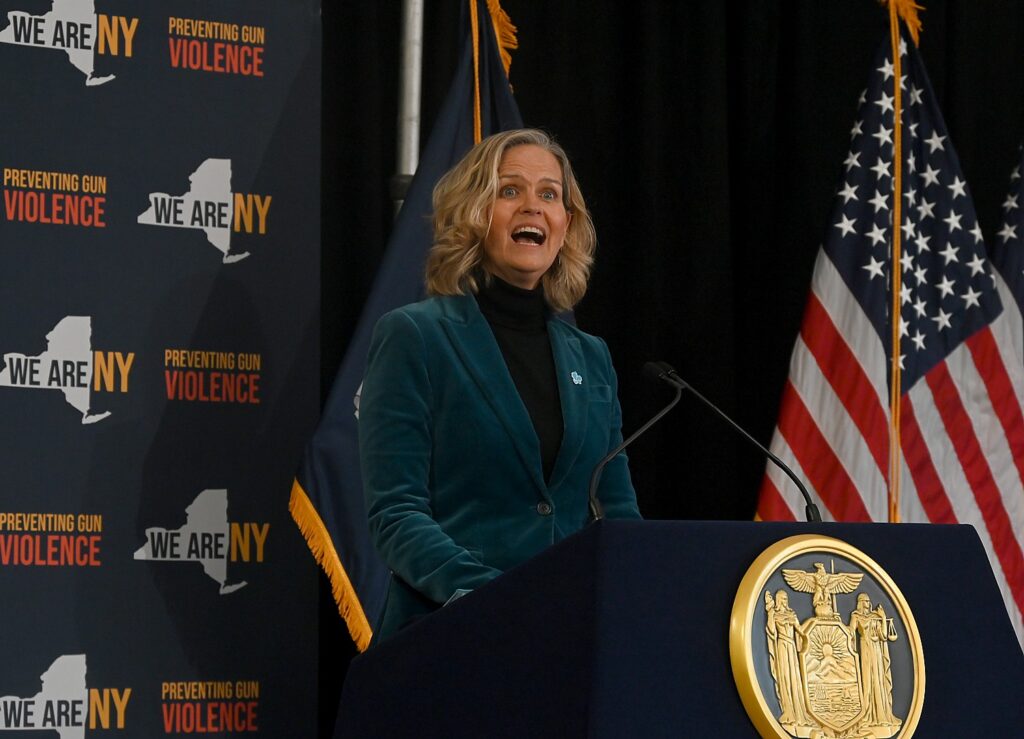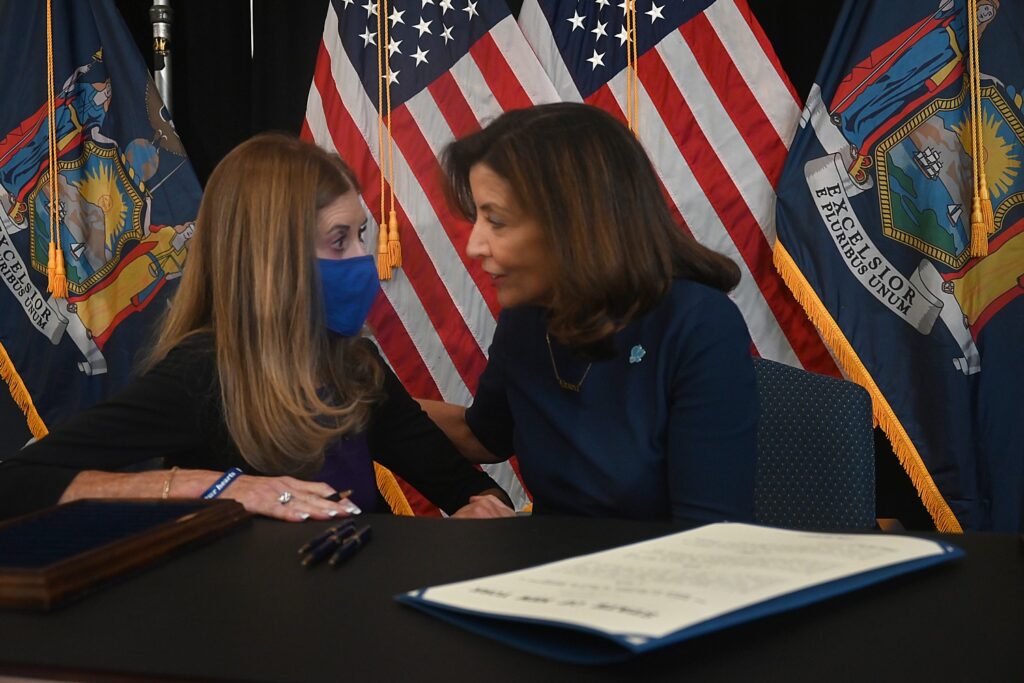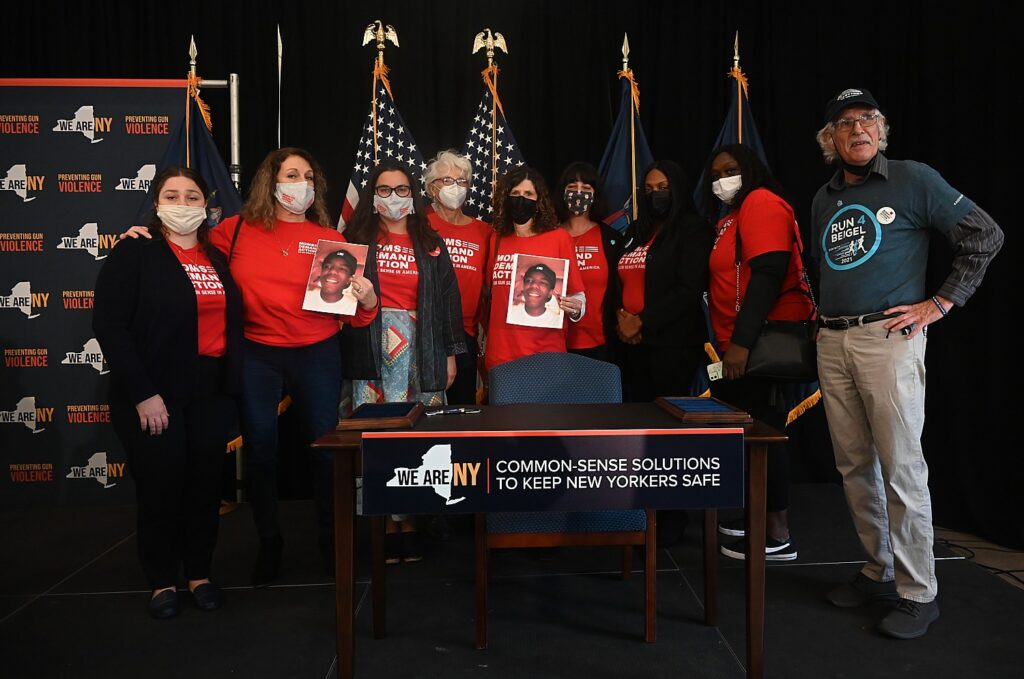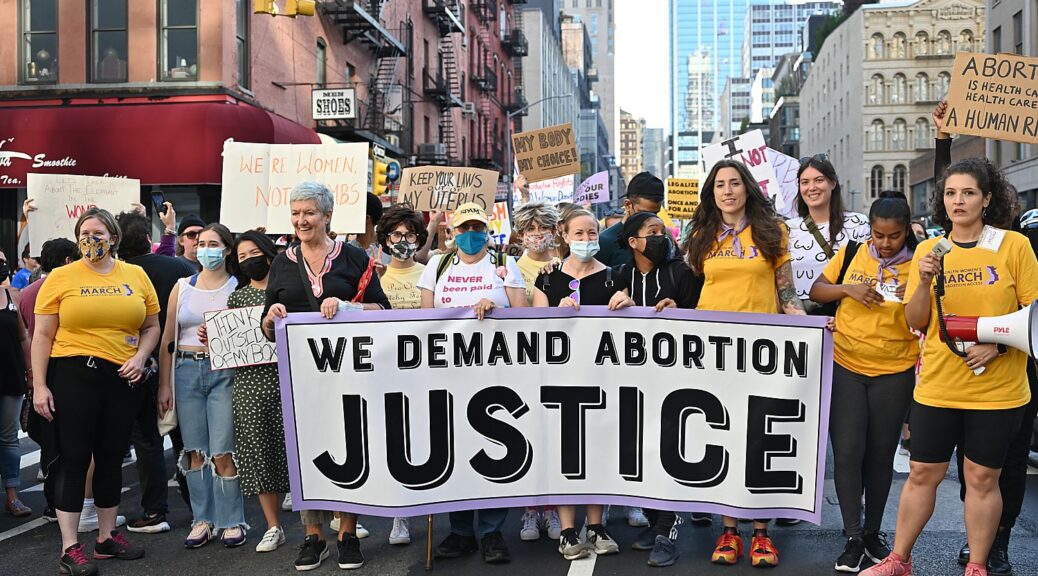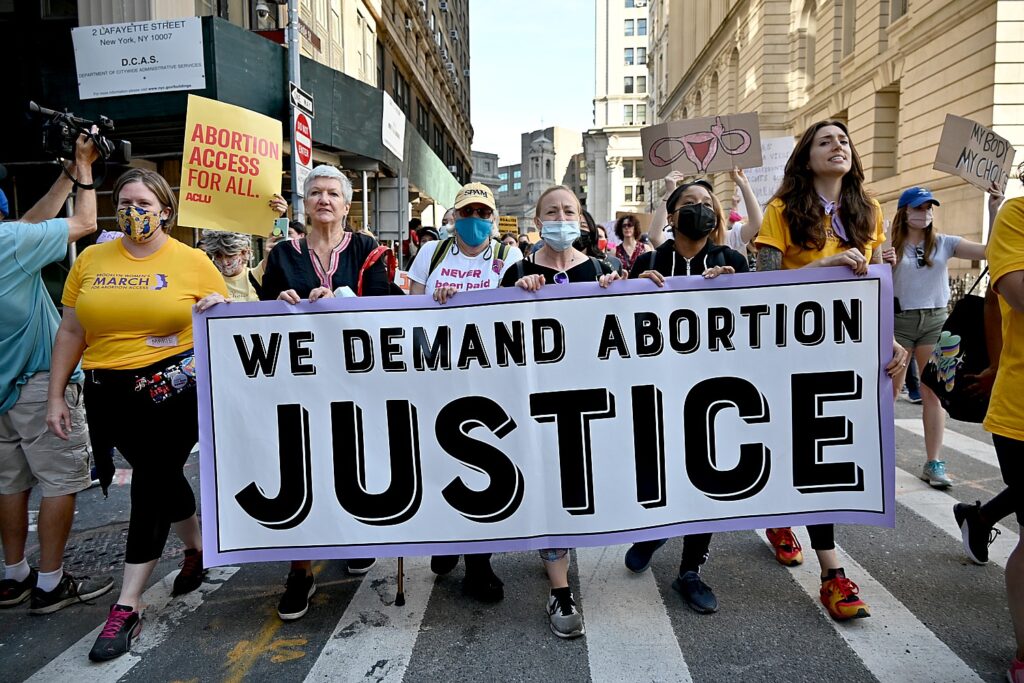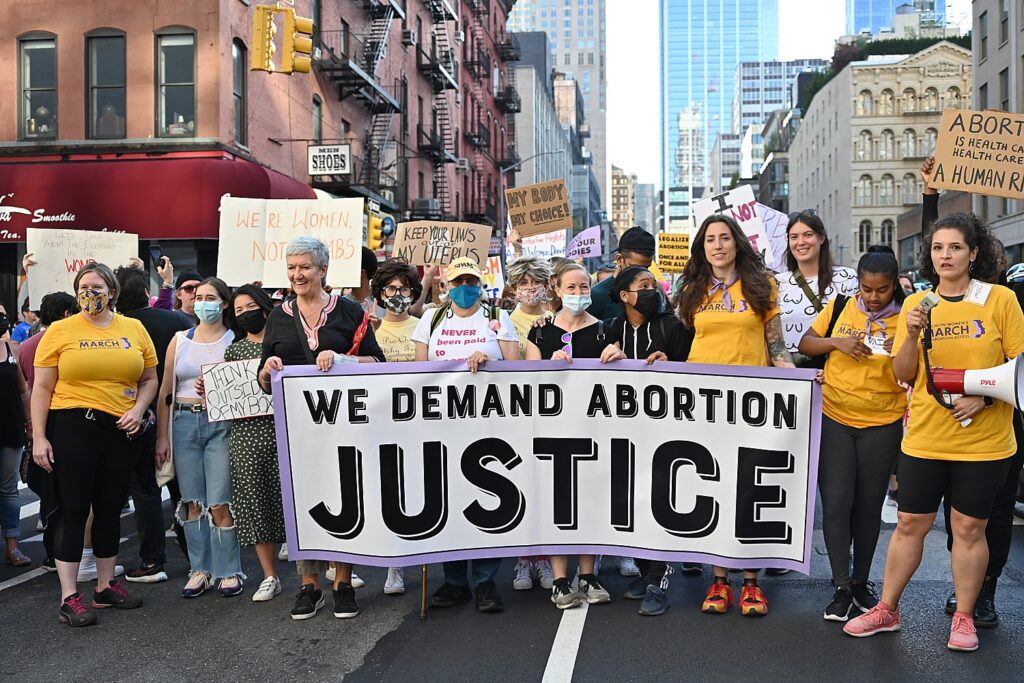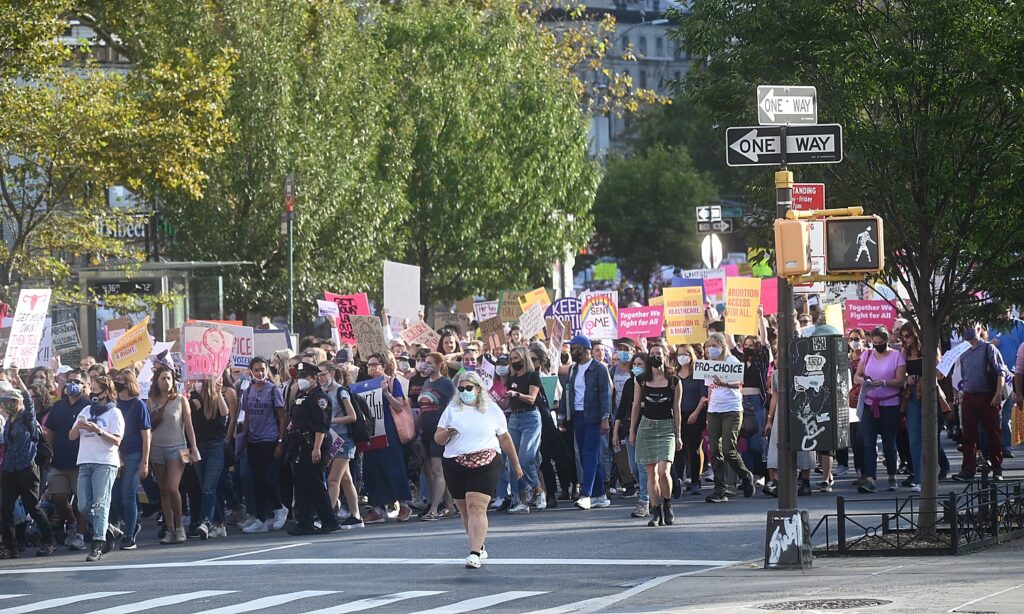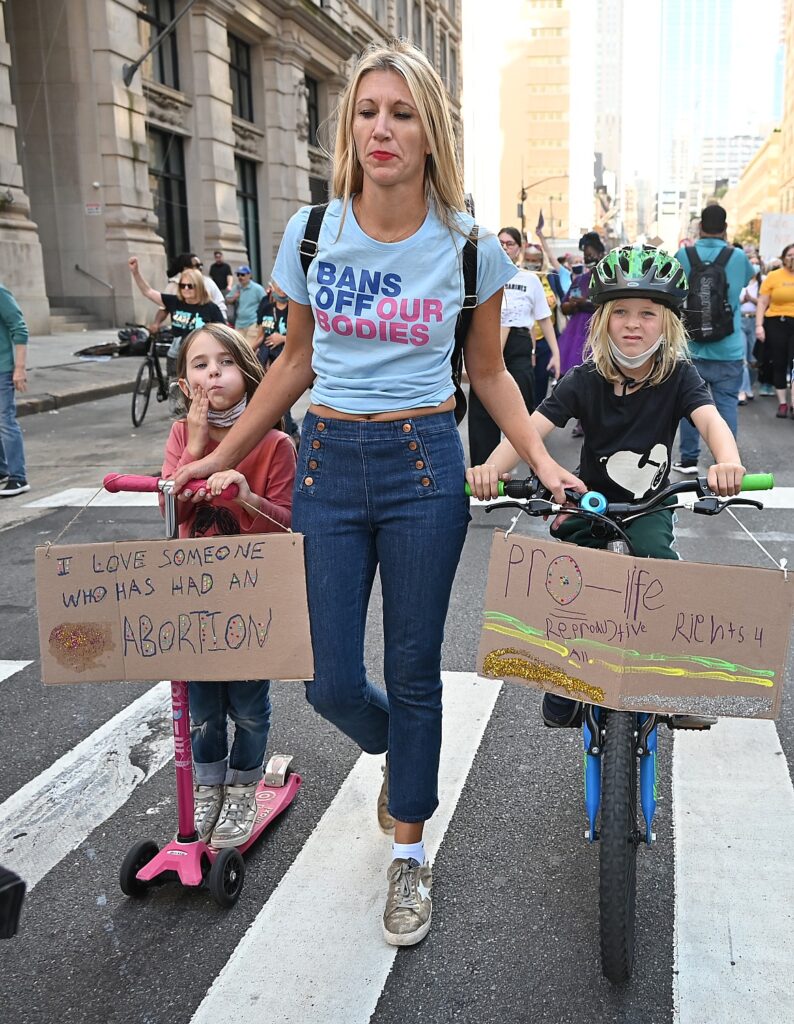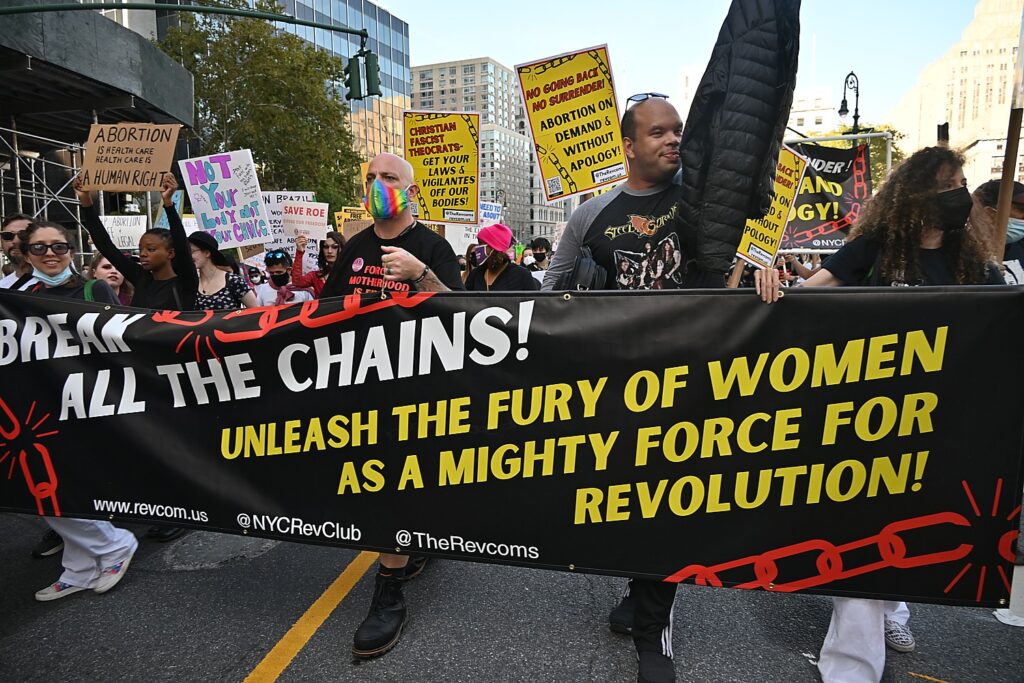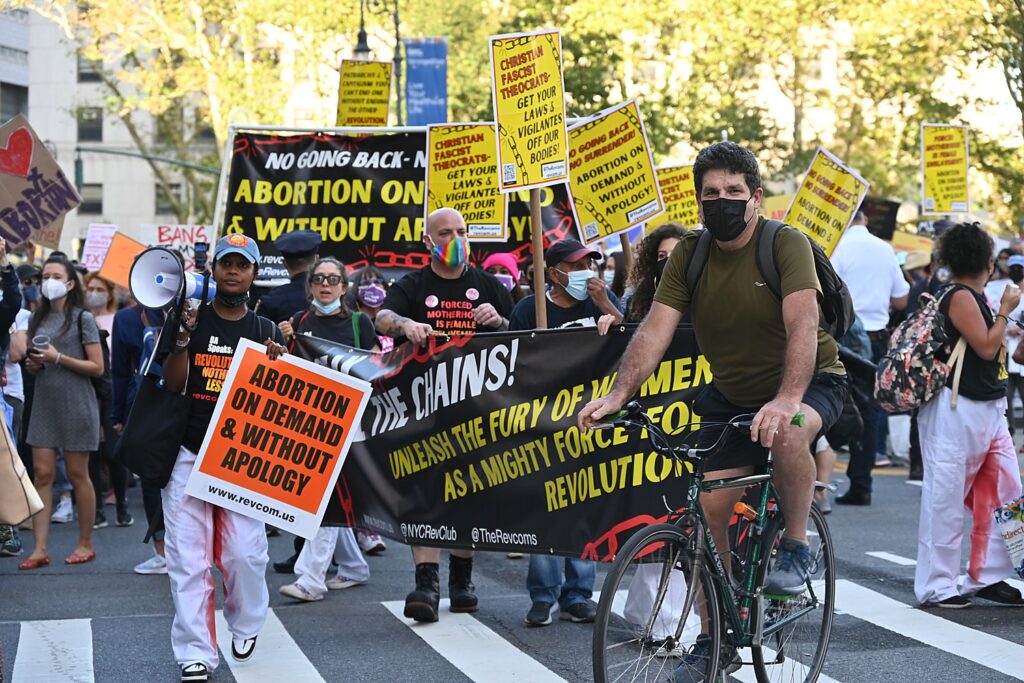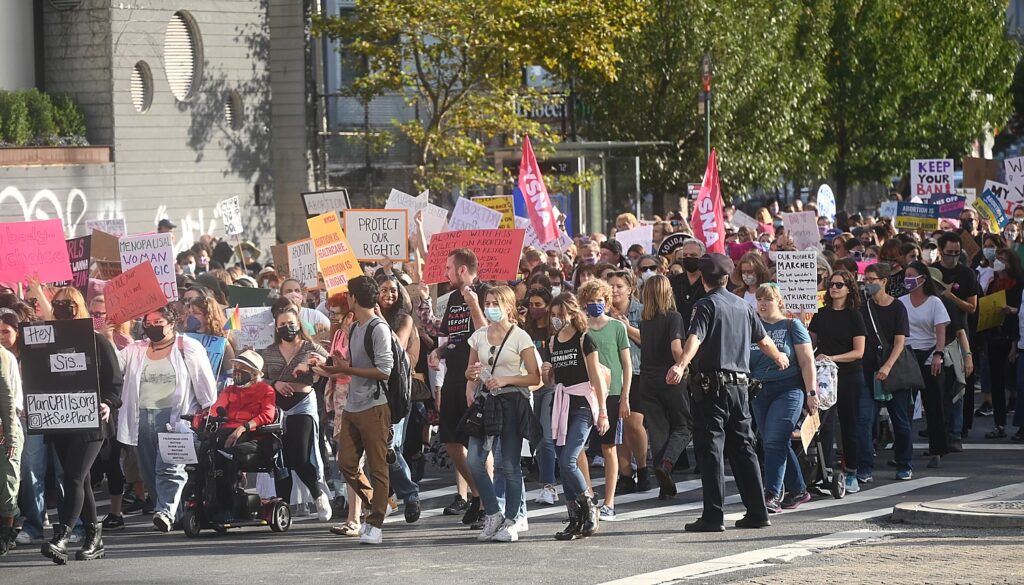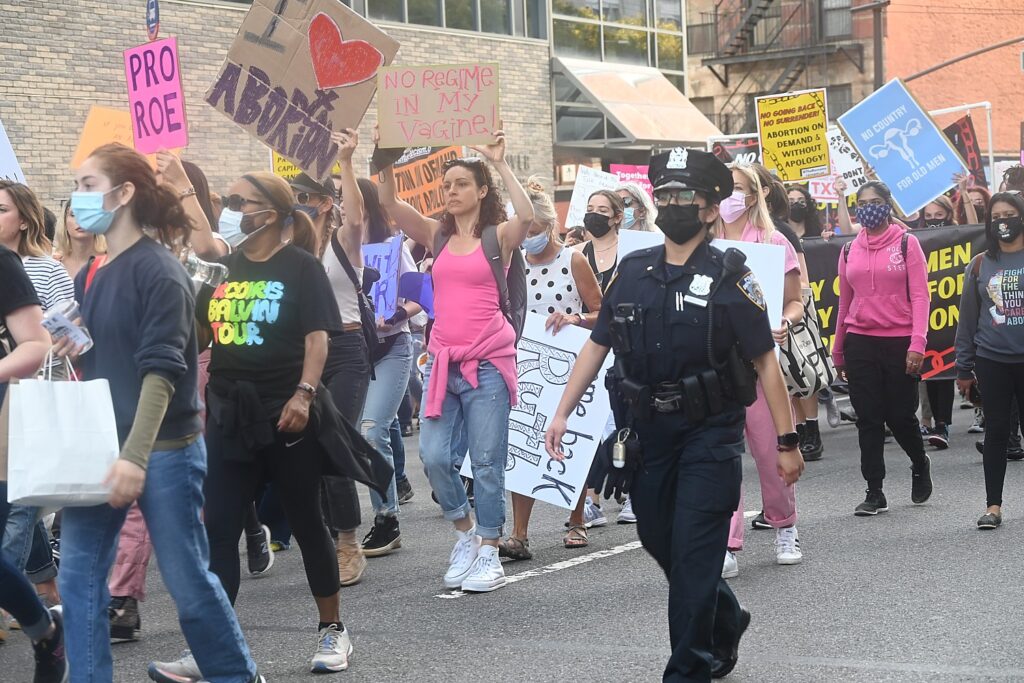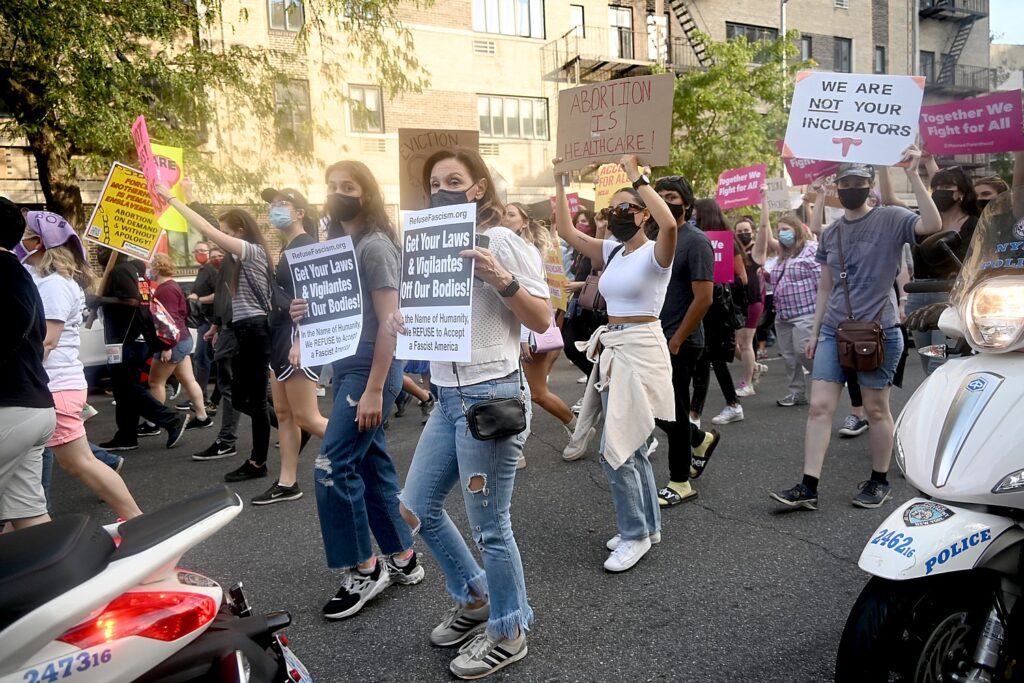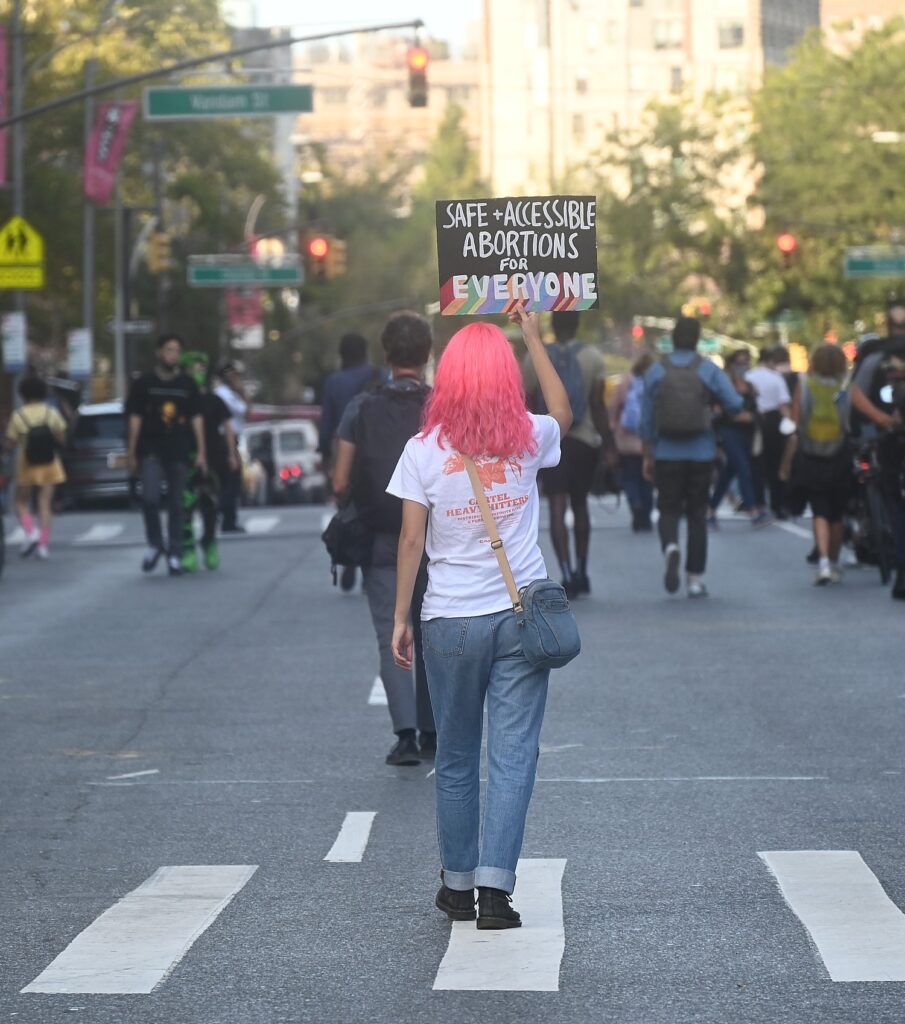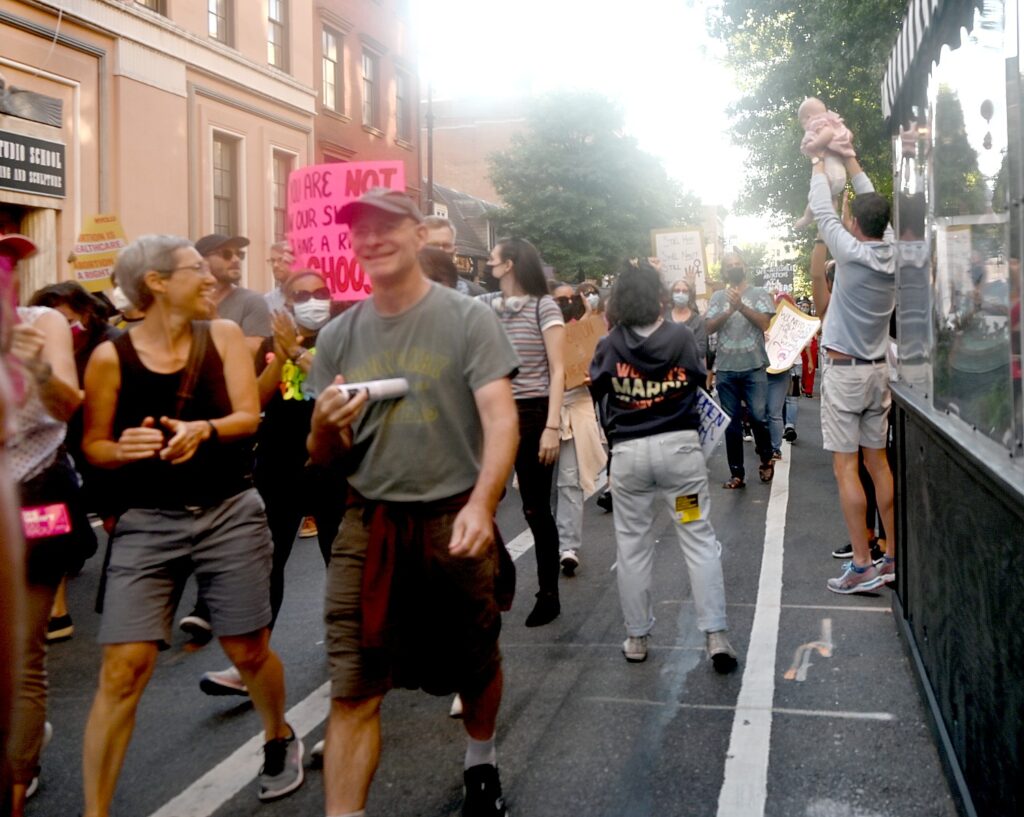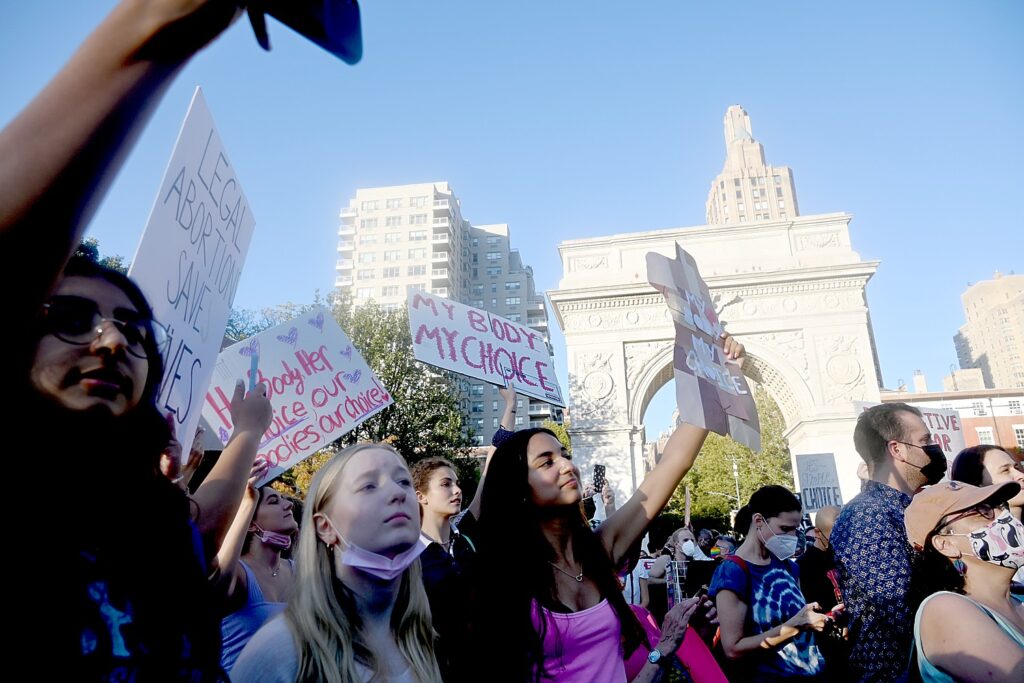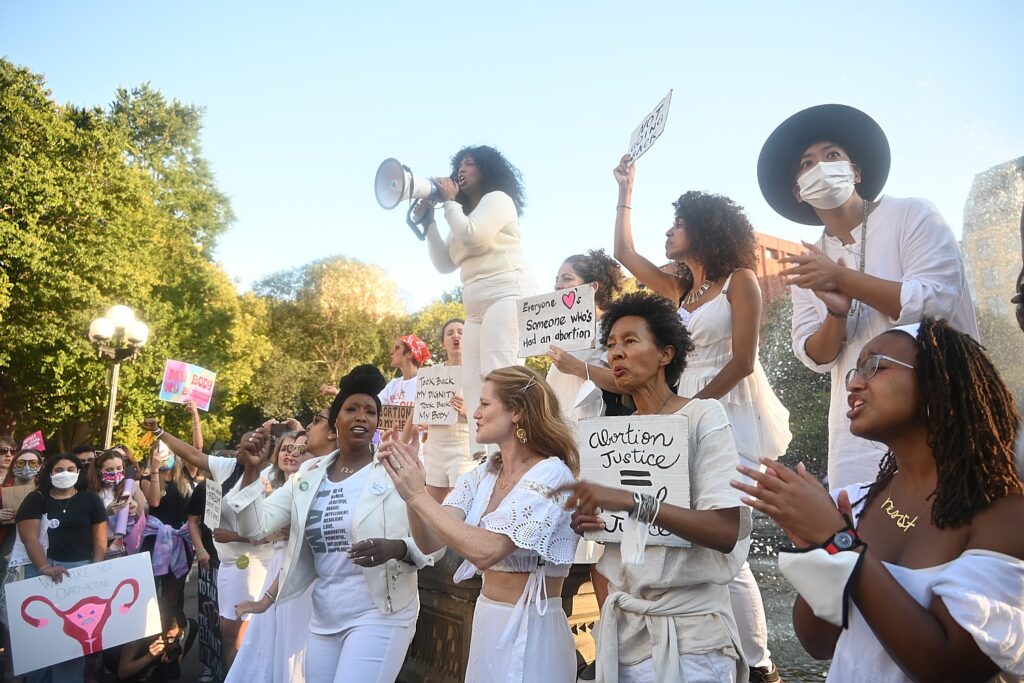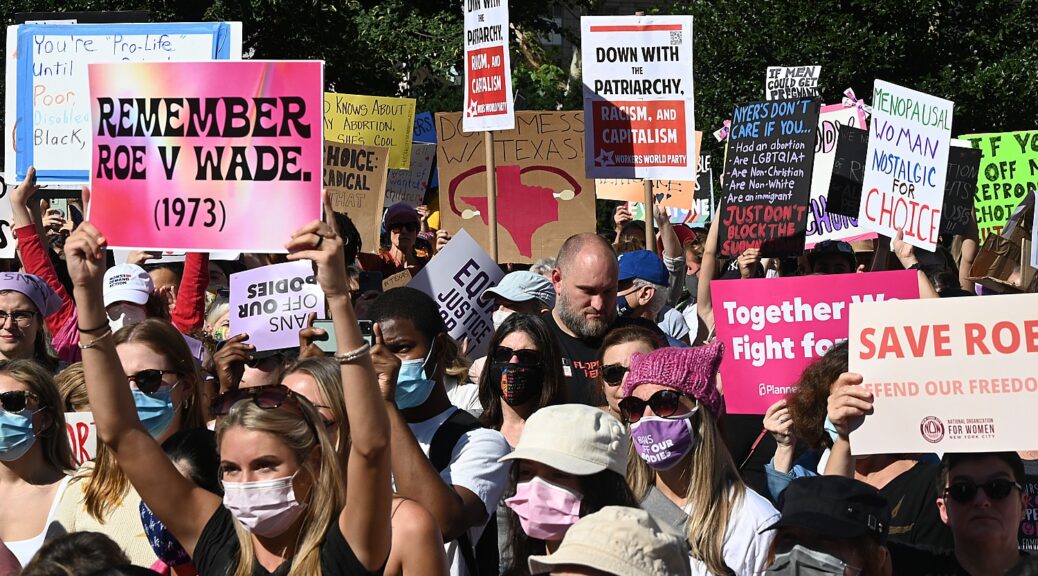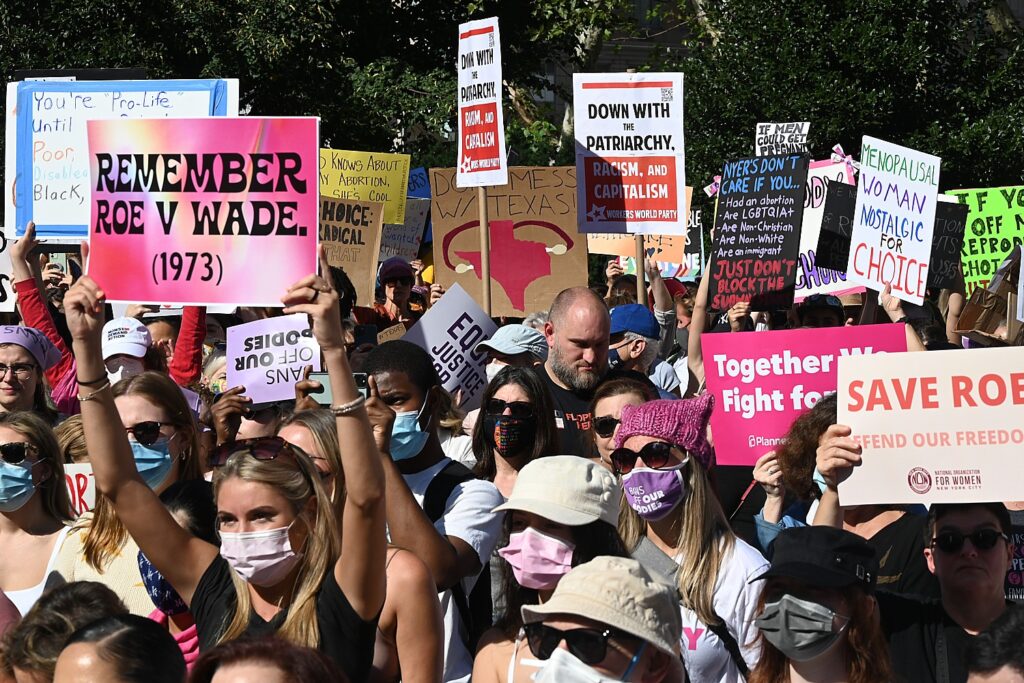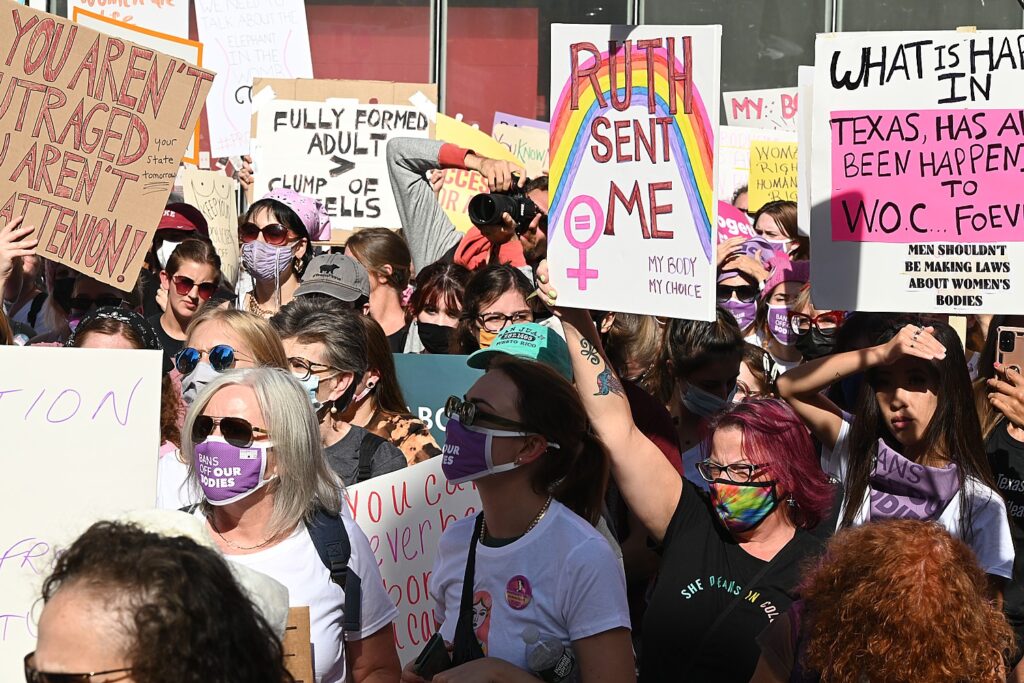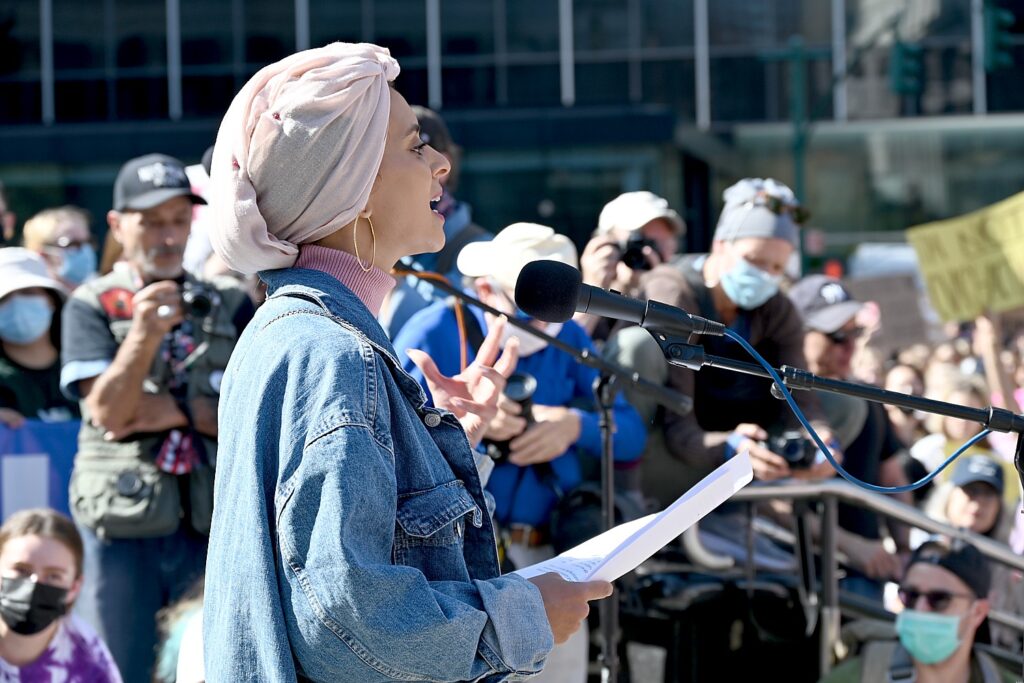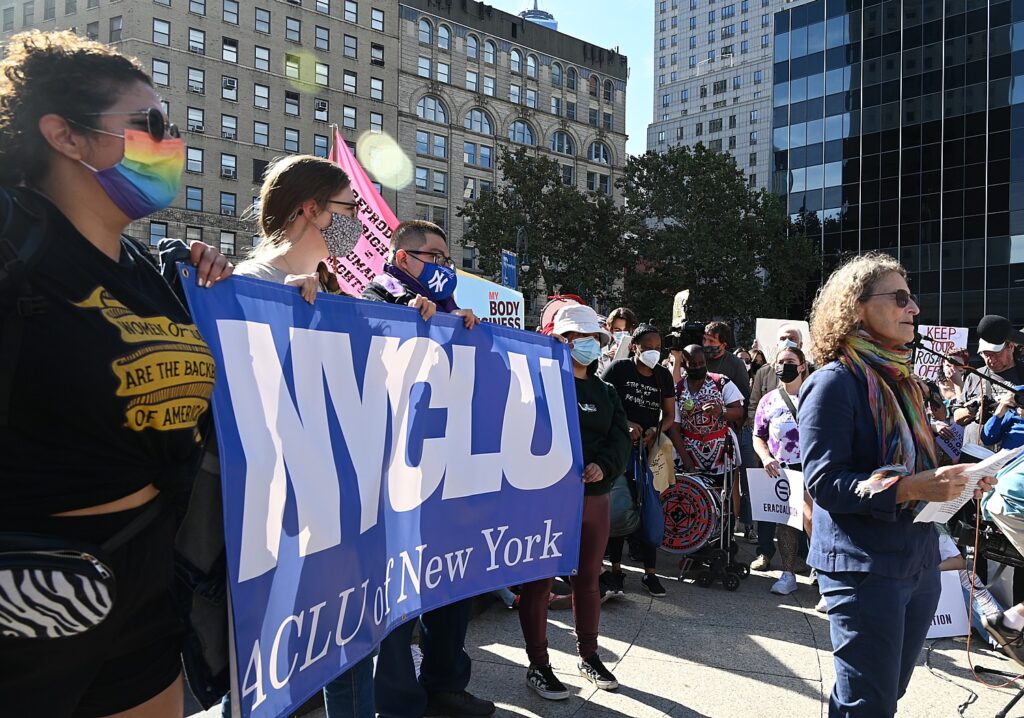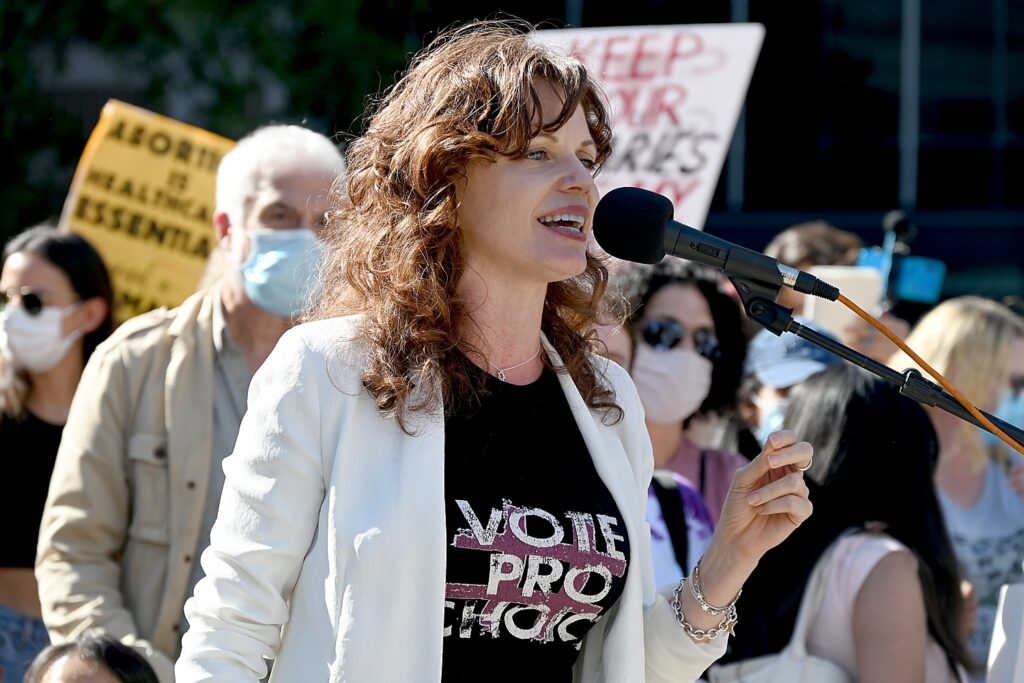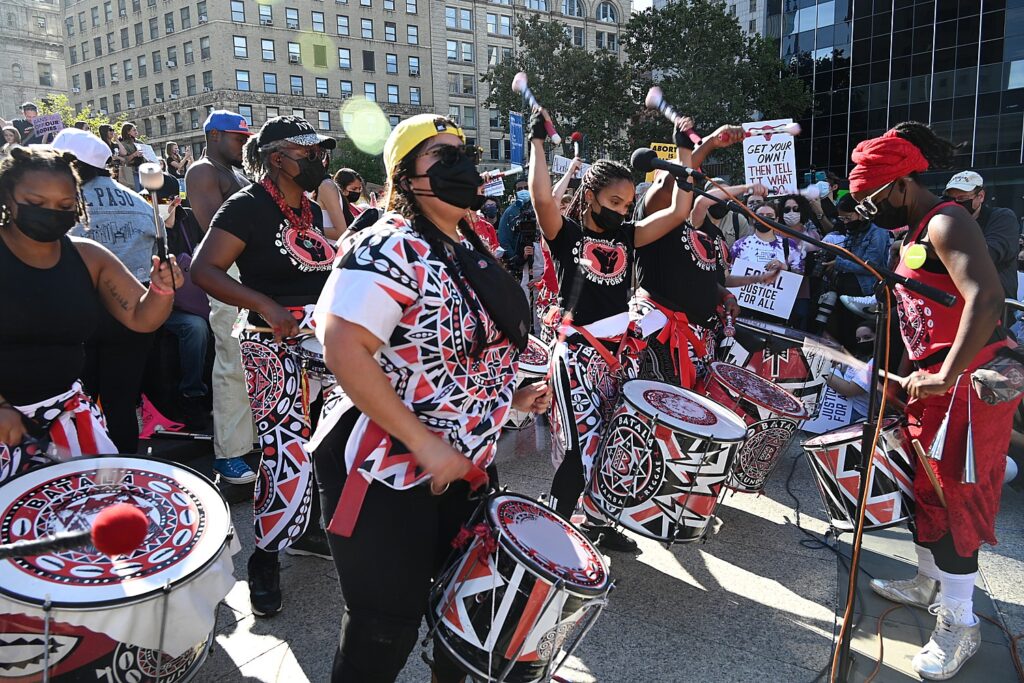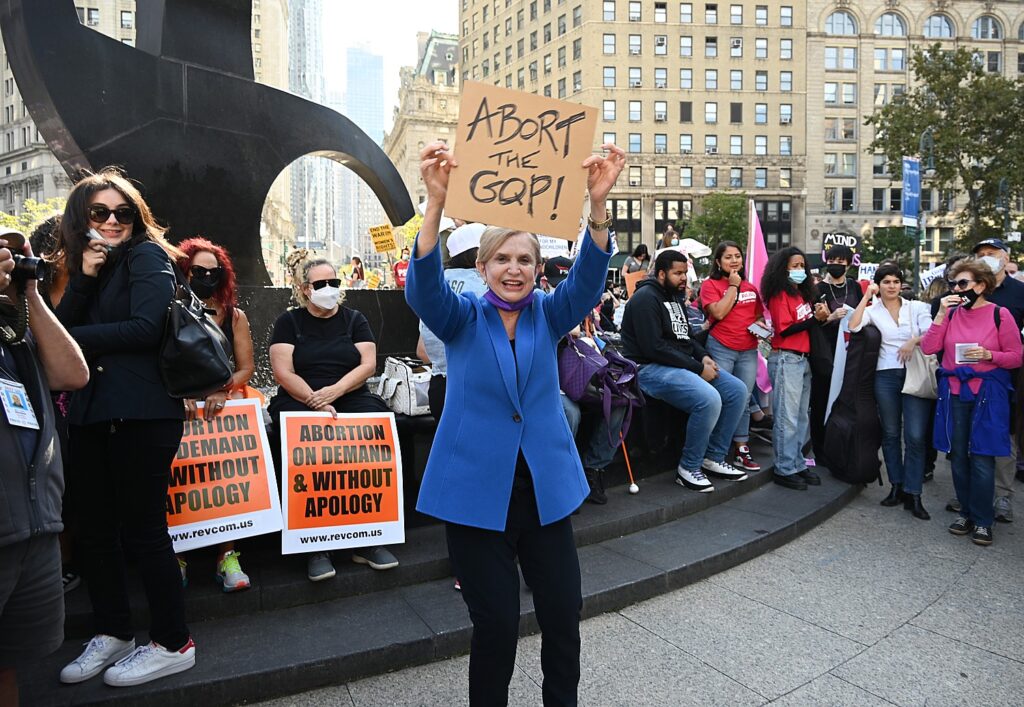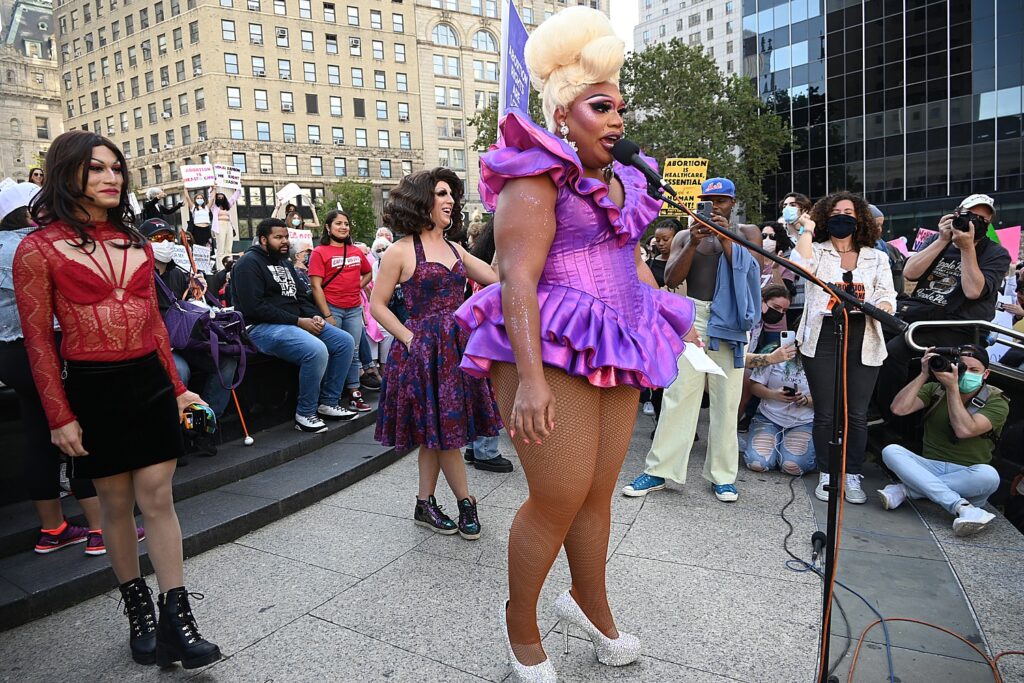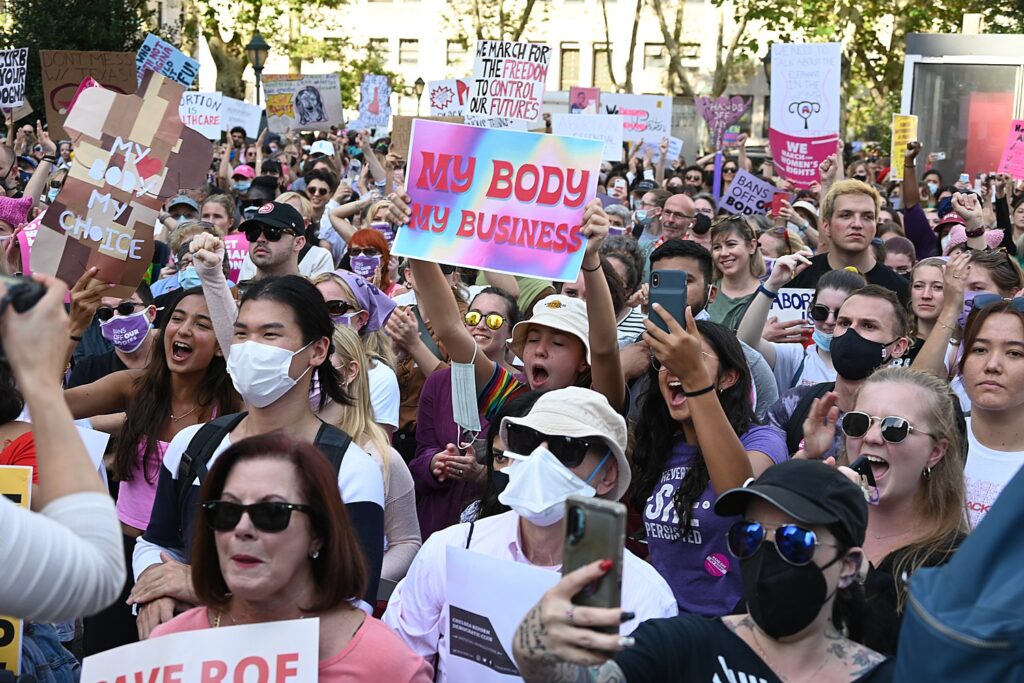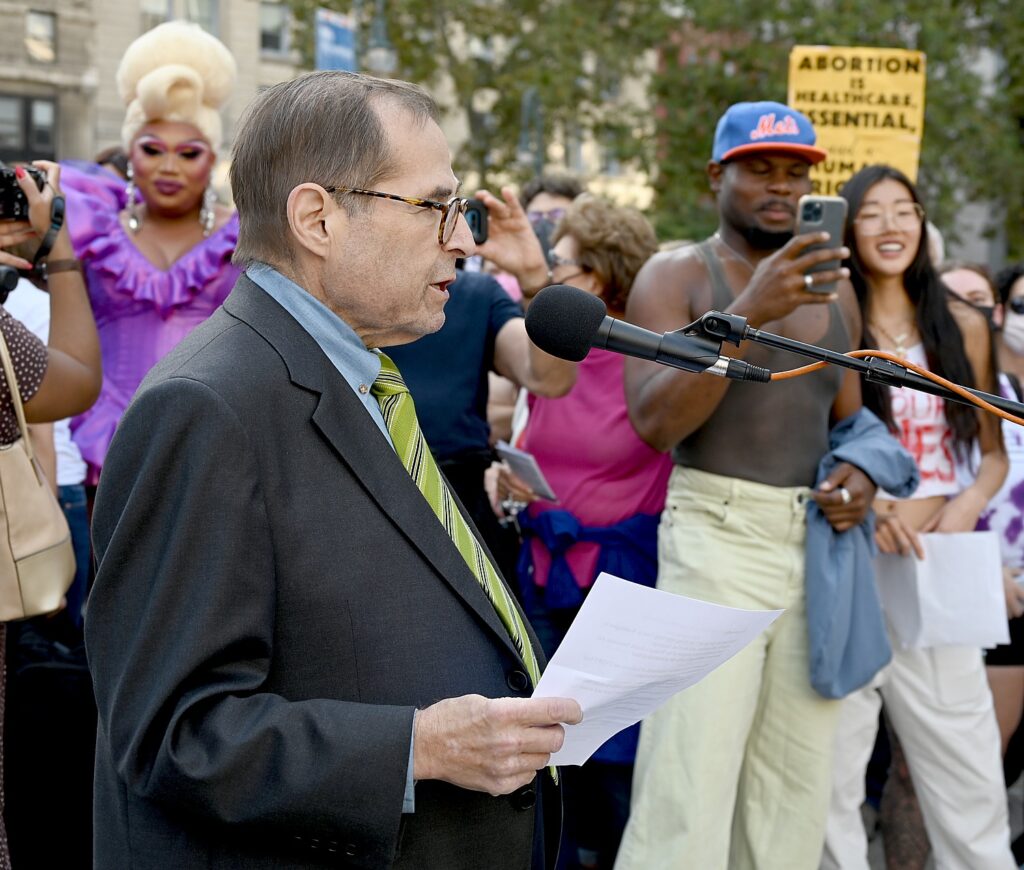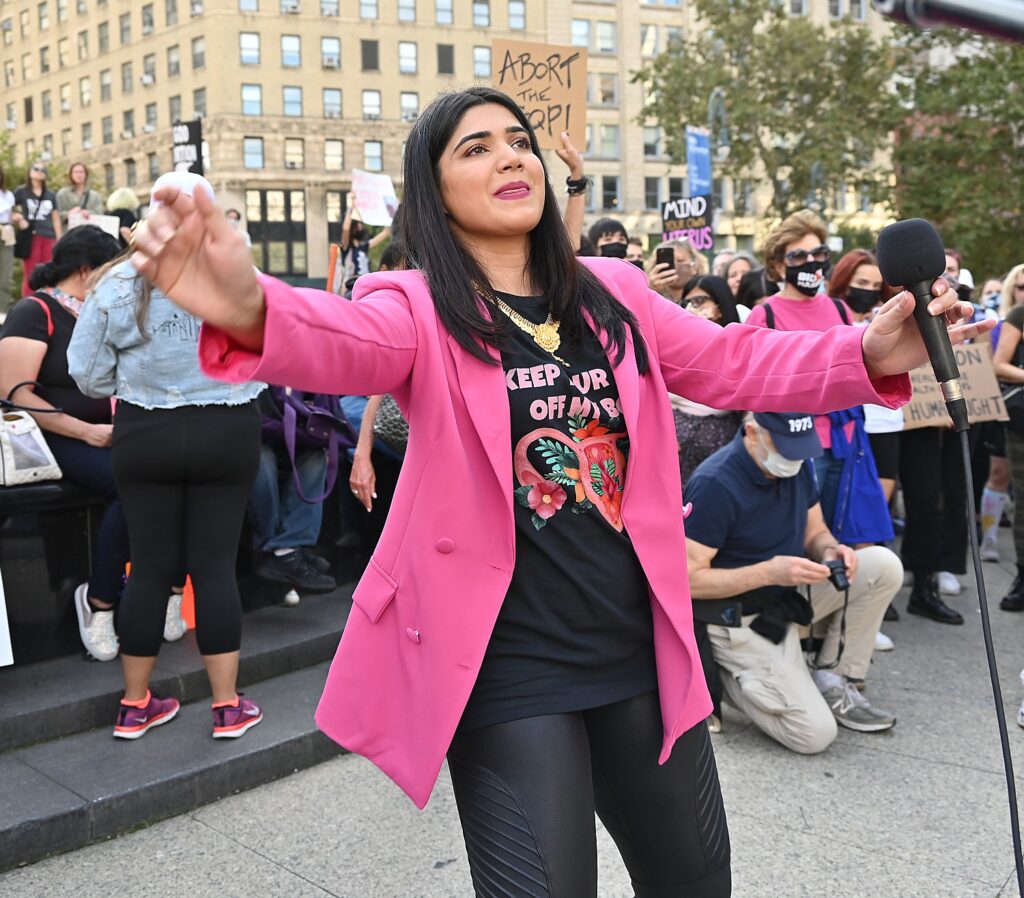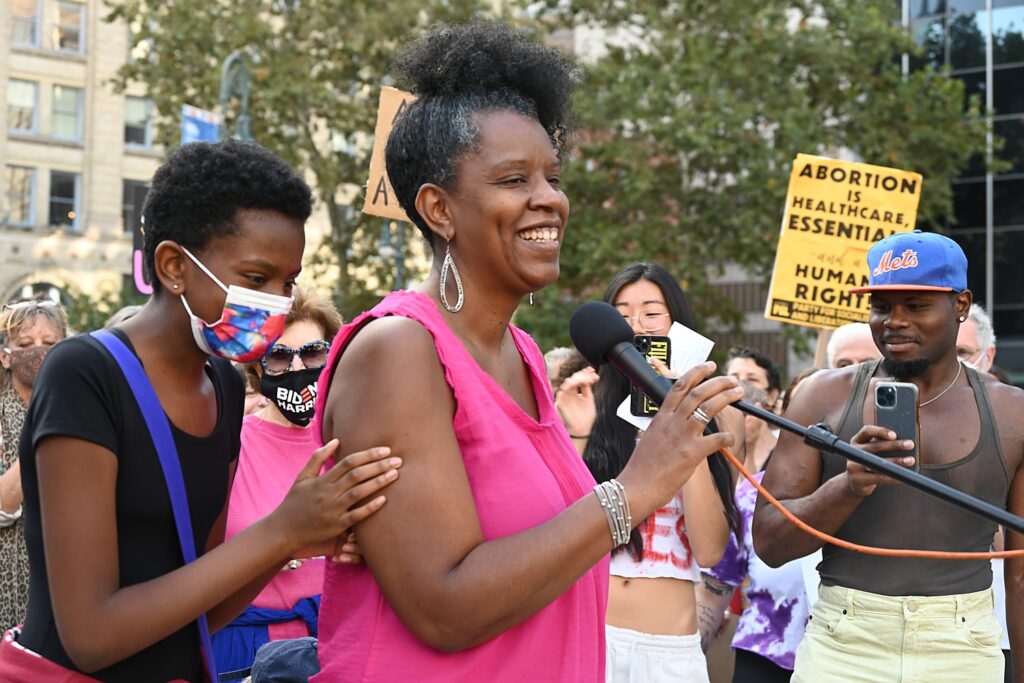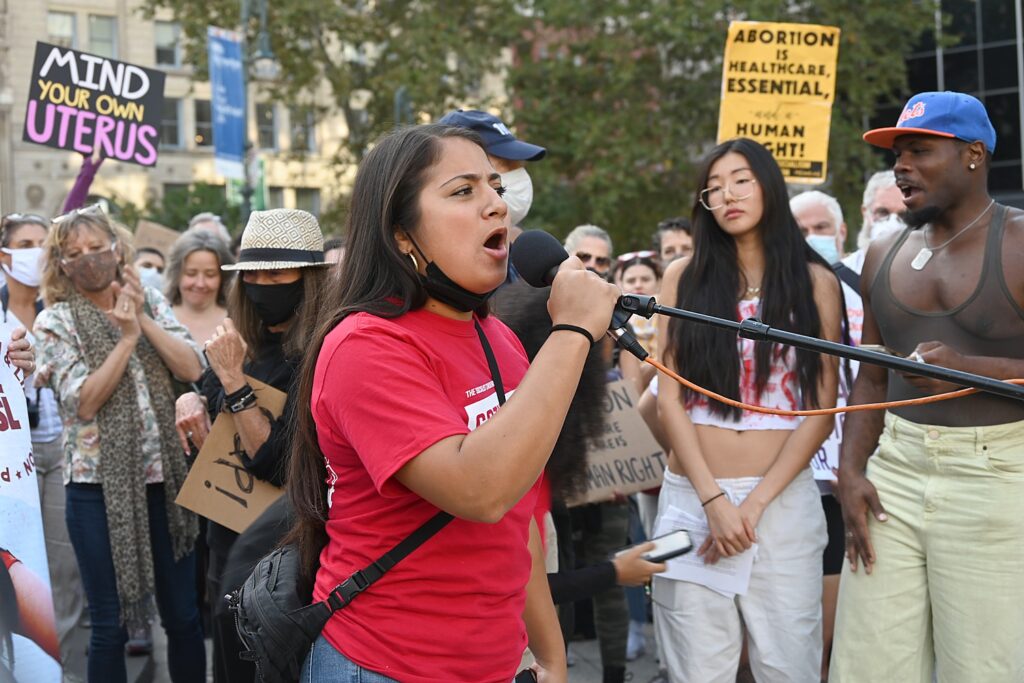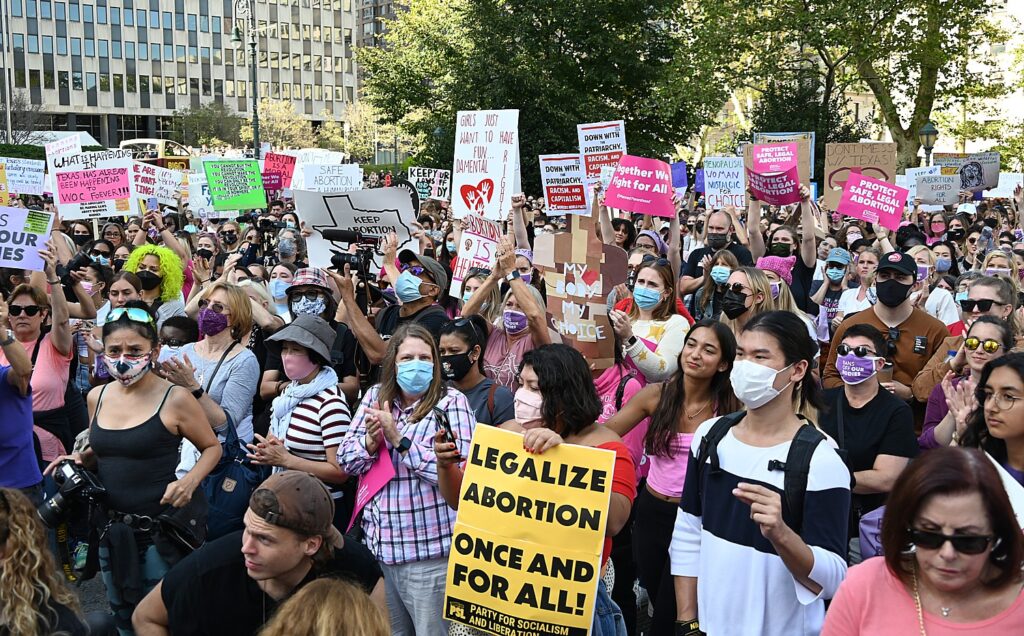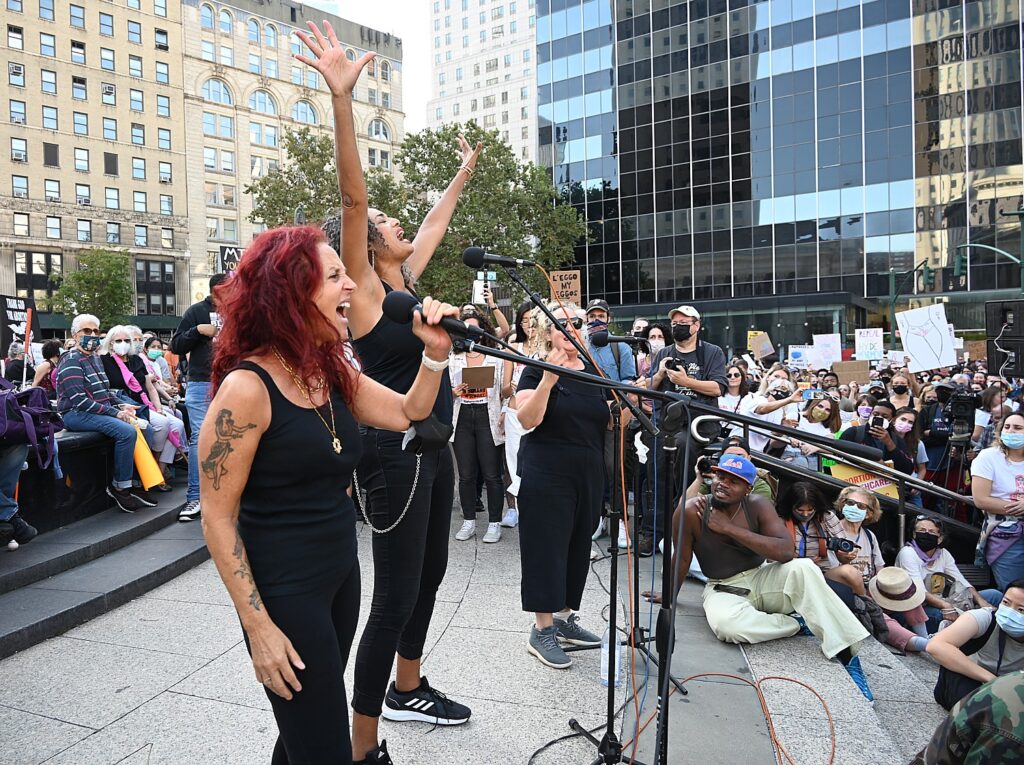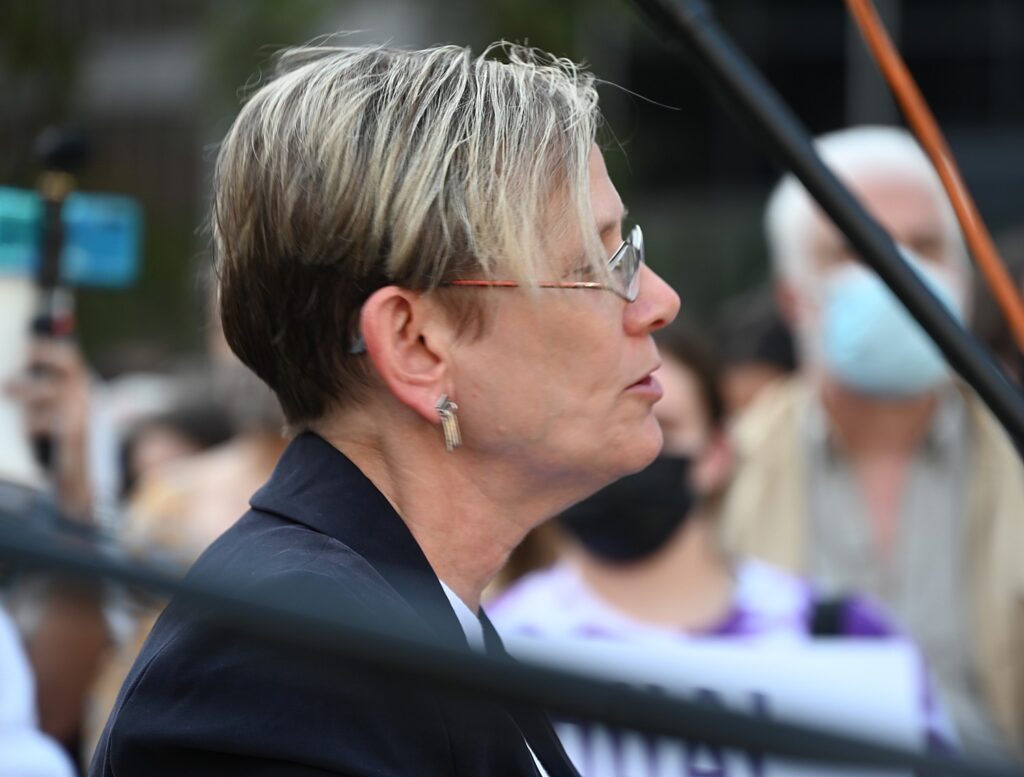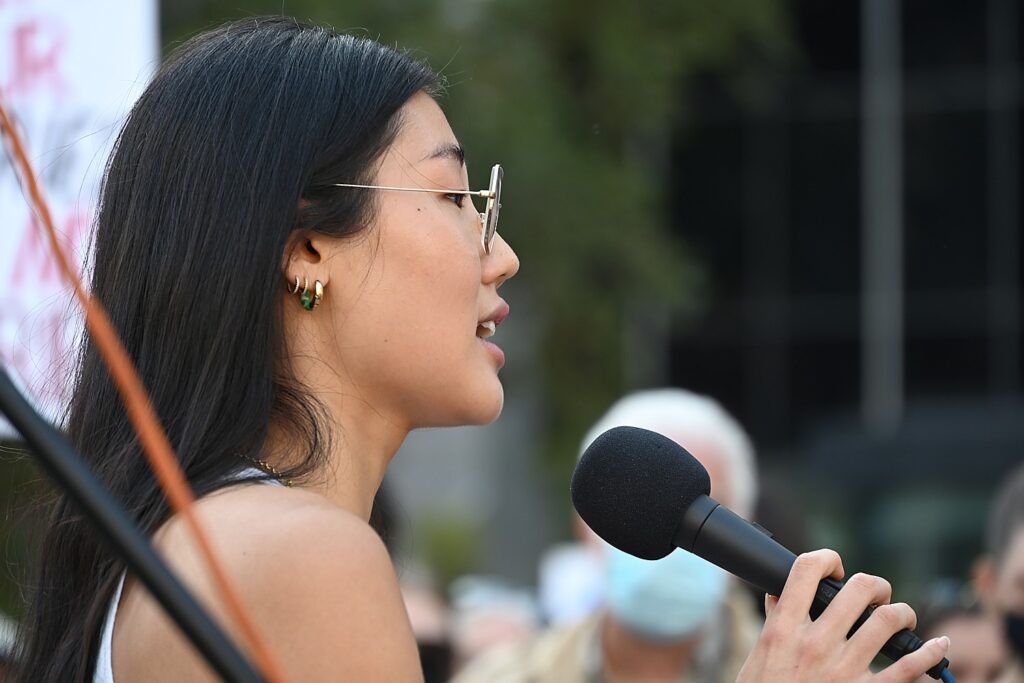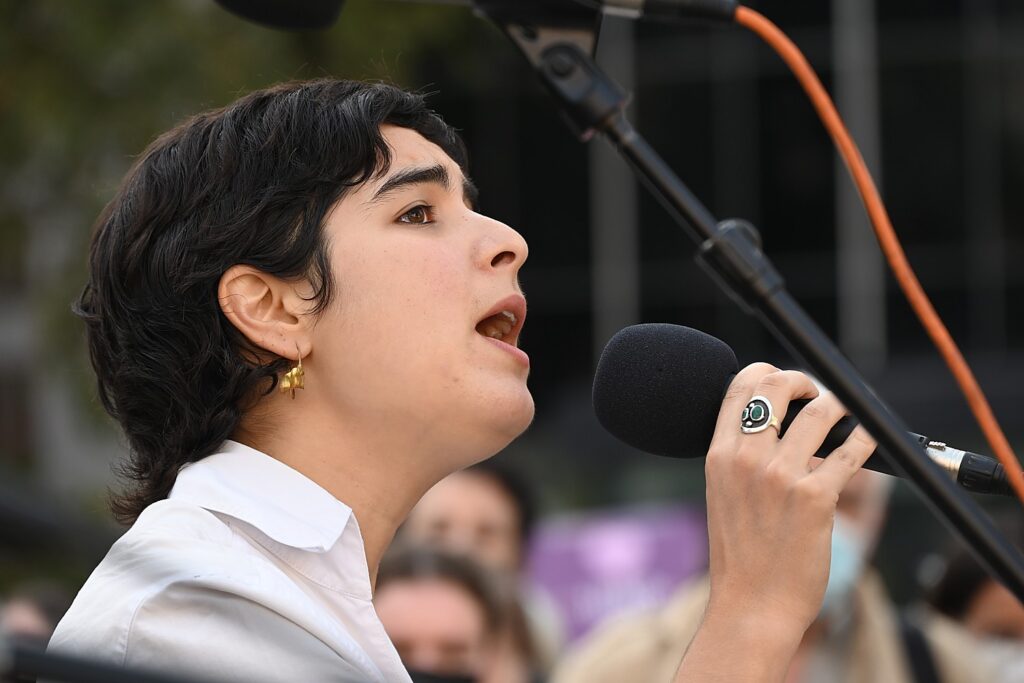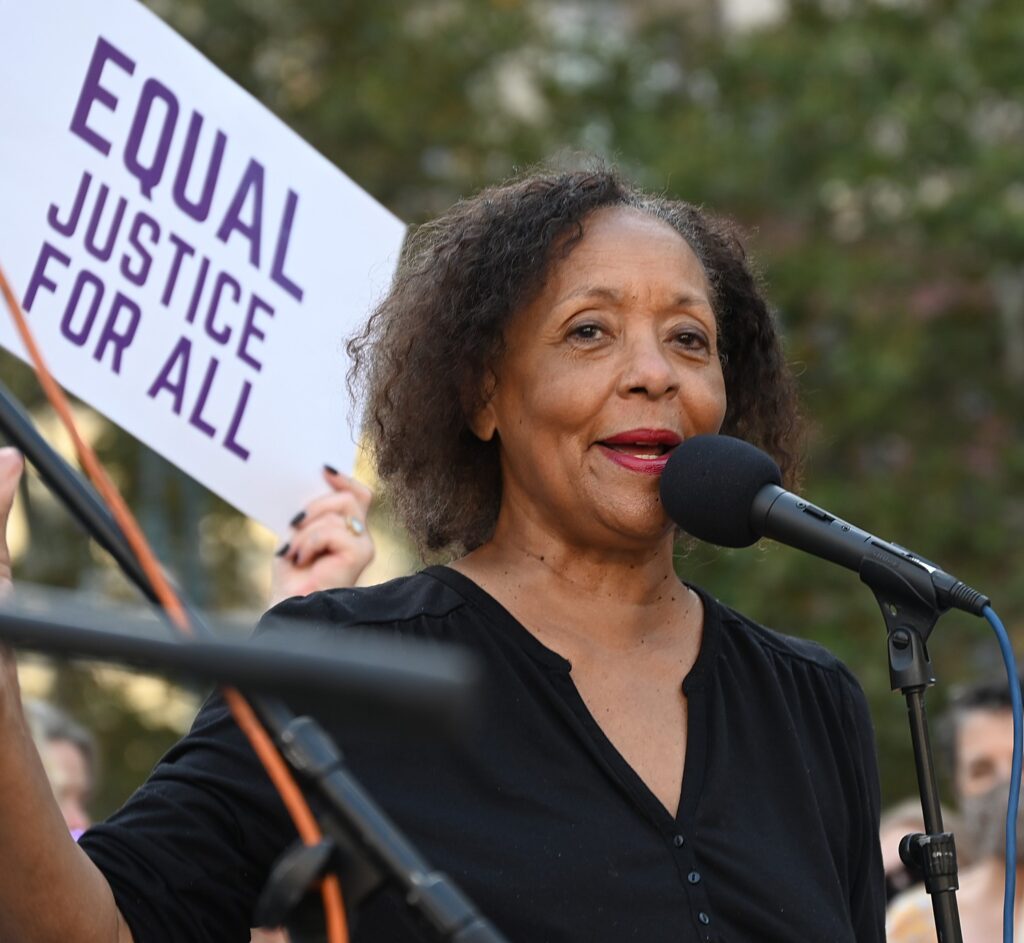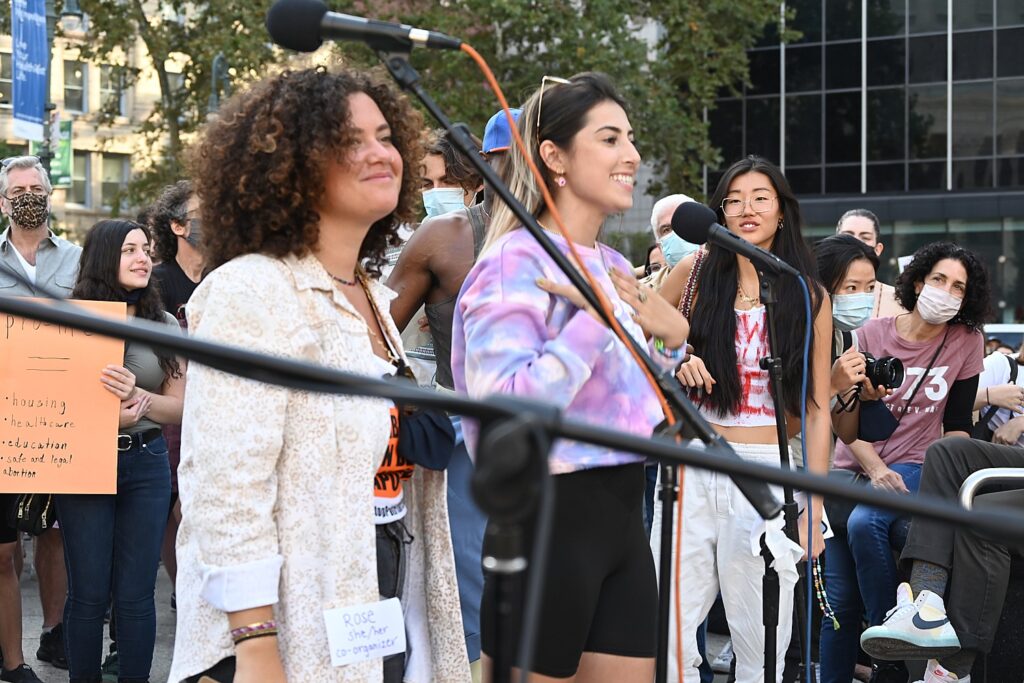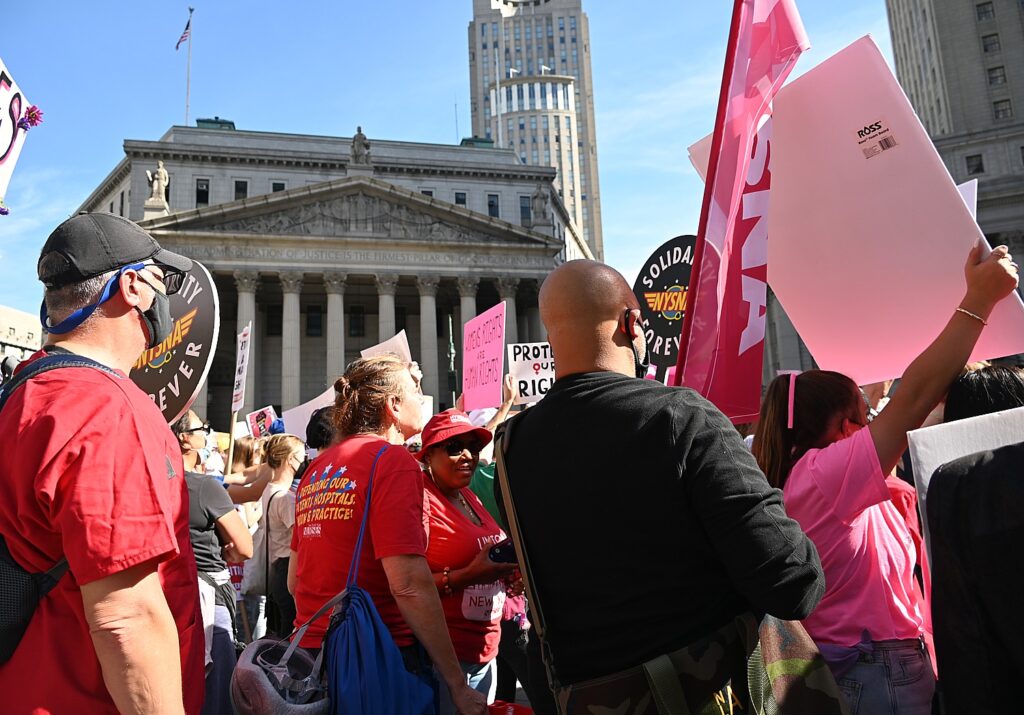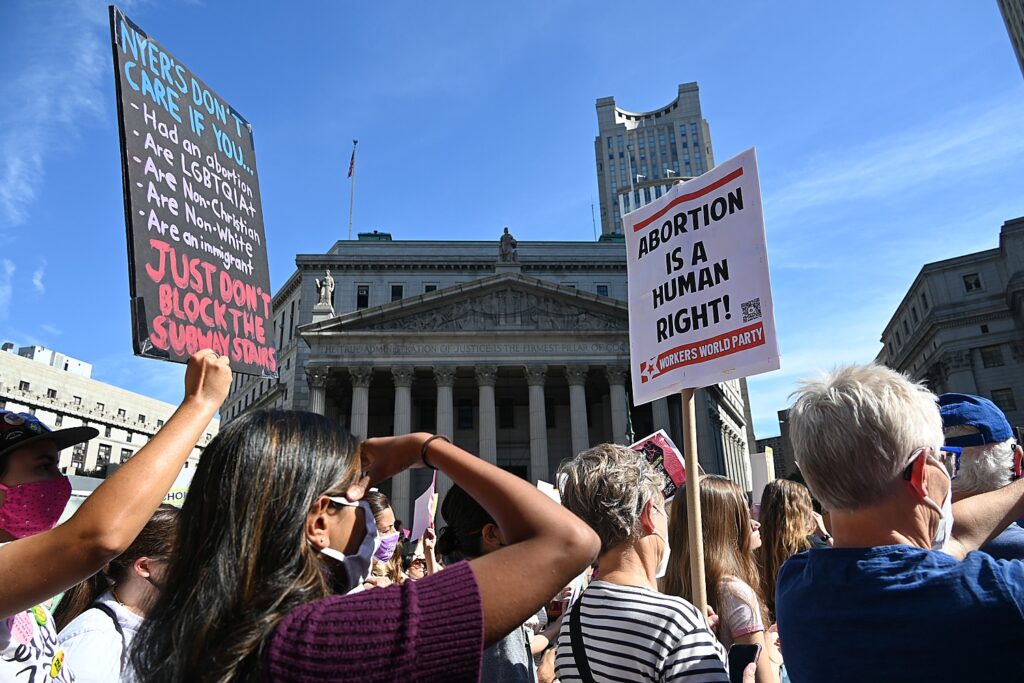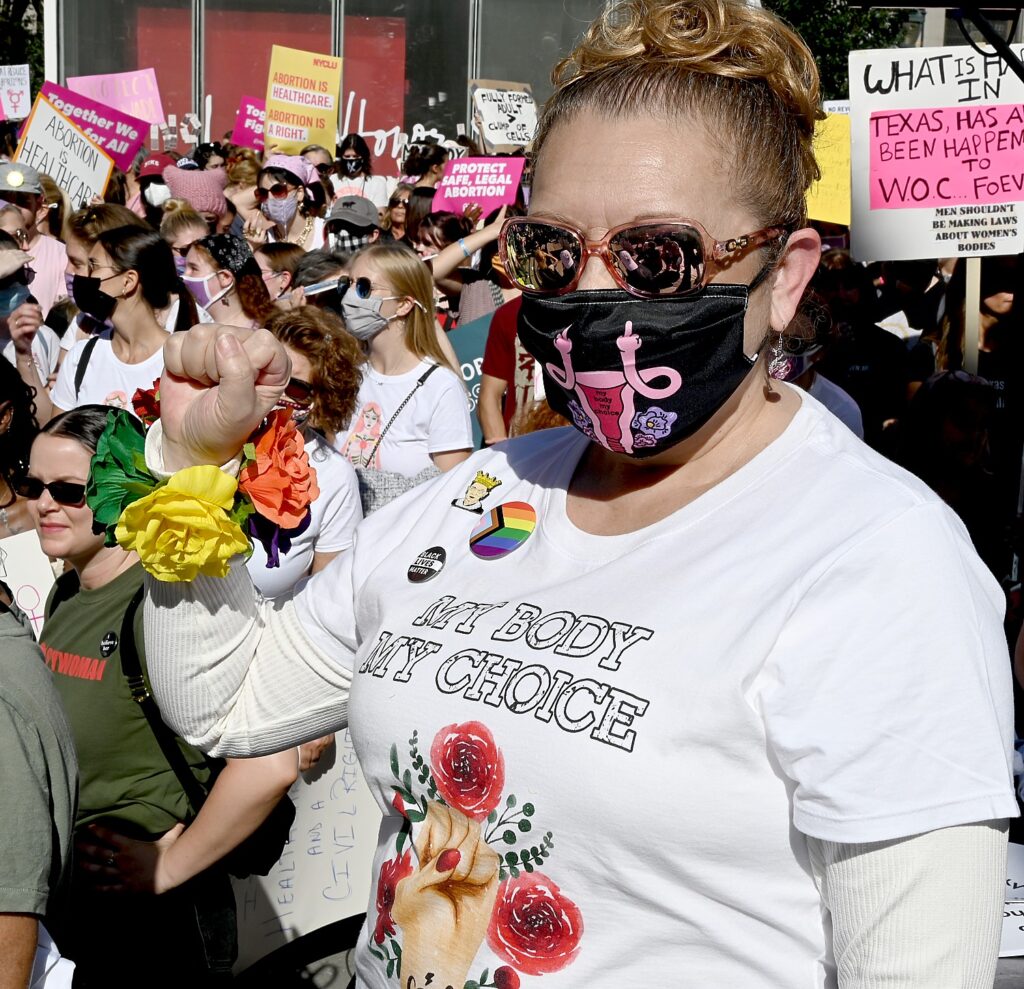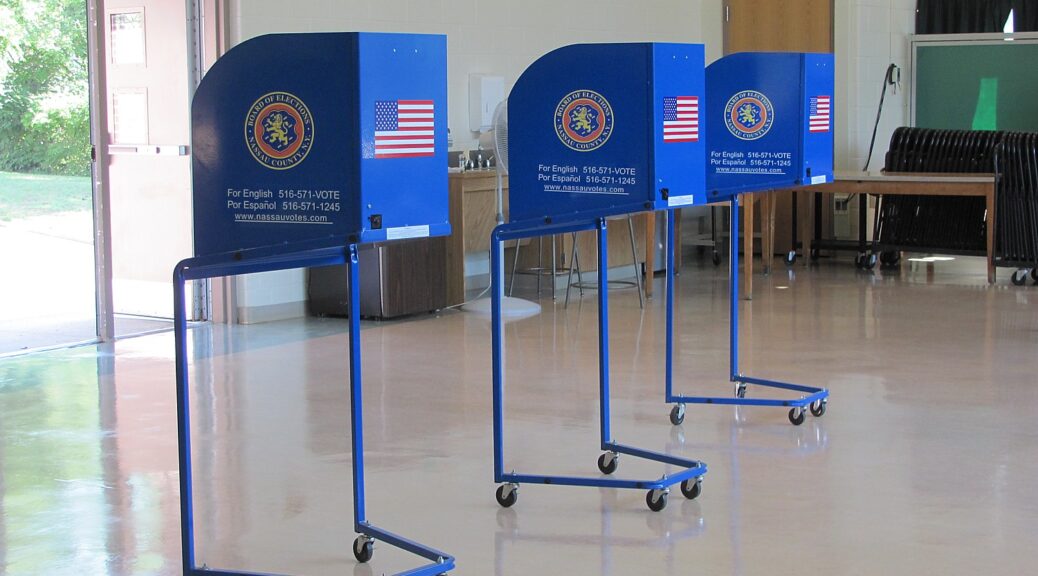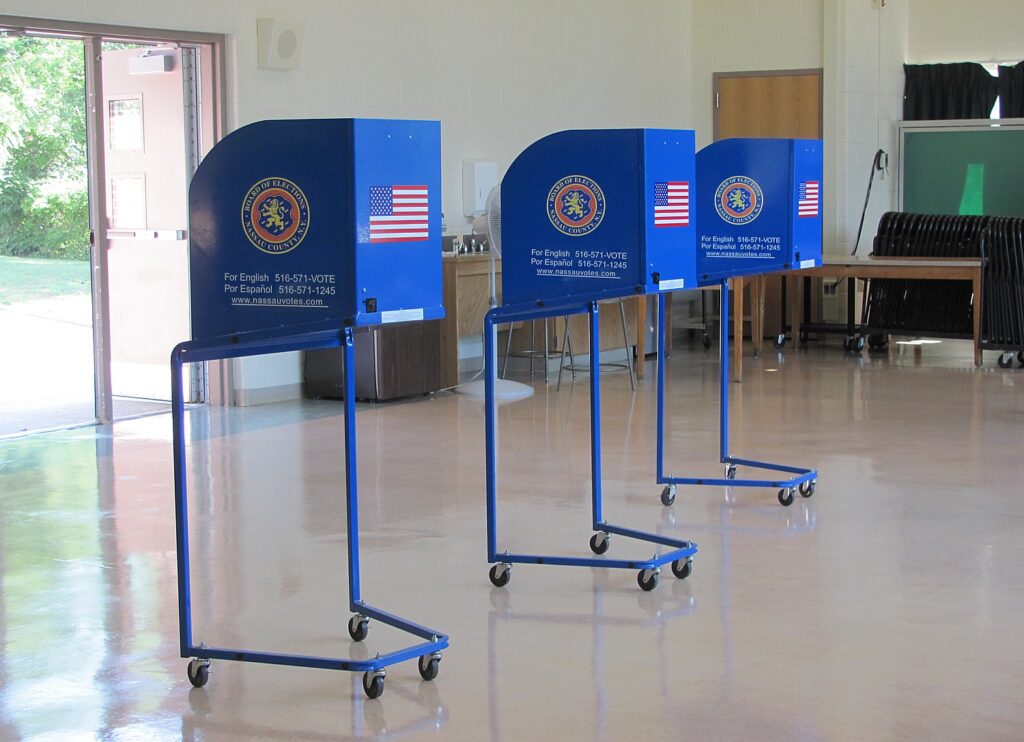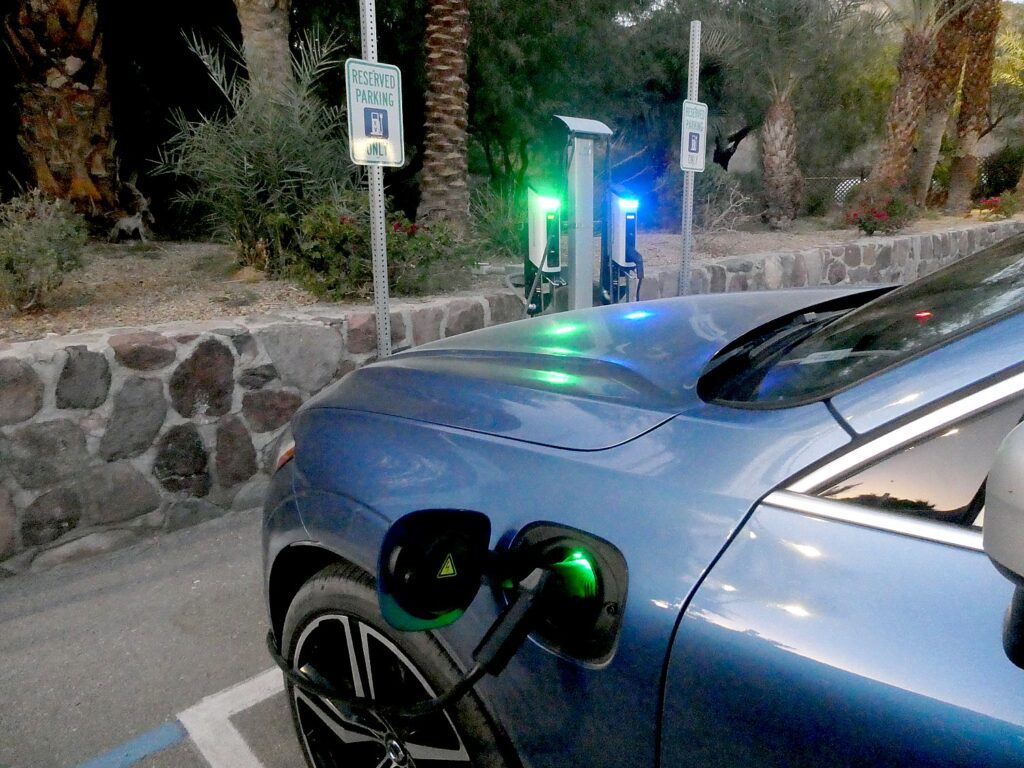
This is a memo from Kate Bedingfield, White House Communications Director, on what President Biden and his administration is doing to relieve inflation pressure hitting America’s families and why, though a President has limited tools to push back against inflation, his Build Back Better agenda, which would relieve cost-pressure of health care, child and elder care, prescription drug costs, and even gasoline prices by moving toward a clean, renewable energy economy, would be just the prescription needed now:
President Biden grew up in Scranton around a kitchen table just like the ones all over this country. He knows that any increase in prices can squeeze a family’s budget. No family should ever have to feel like they face a choice between paying their bills to keep the lights on or putting food on the table for their families.
Price increases have been a real challenge here at home and around the world as we exit this once-in-a-pandemic and as the economy reboots from a historic shutdown. Even as we see signs that our economic recovery is making process, addressing high prices are the President’s top priority. That’s why this summer, the President began highlighting the cost cutting benefits of the Build Back Better Act.
The memo below outlines where we are in our recovery, what the President is doing in the short- and long-term to address price increases, and the opposition that Congressional Republicans are presenting.
STATE OF PLAY
Since taking office at the time of the worst global economic crisis in decades, President Biden has made beating the pandemic and building a strong economic recovery his top priority. There are two indicators that signal the state of play with the progress of our recovery: jobs and prices.
This past week, we got additional proof that our jobs recovery is on track, setting records, and outpacing other countries. Unemployment insurance claims fell to their lowest level in 50 years. Nearly six million Americas are back to work. And, Americans have more money in their pockets than this time last year — $100 more each month than last year.
But even as America’s economic growth is stronger than virtually any other nation, the President believes that we have to decrease prices for consumer to feel confident in our recovery. While we are starting to see prices decrease and supply chain blockages ease, we know that higher prices are top-of-mind for Americans – and that’s why the President is laser-focused on taking action.
SWIFT ACTION & PROGRESS TO DATE
President Biden is taking swift and decisive action to combat high prices, ease inflationary pressures, and make sure America’s families can put food on the table. In recent weeks and days, President Biden has:
Address Supply Chain Challenges: President Biden is bringing together public and private partners to ease bottlenecks at America’s ports – making sure we can move goods from ship to shelf faster and lower the costs of goods. The President announced that the Ports of Los Angeles and Long Beach are operating 24/7, the Department of Transportation provided $8 million to the Port of Savannah to set up container yards in Georgia and North Carolina, freeing up dock space and speeding up the flow of goods in and out of the port; and yesterday DOT awarded $12.6 million to marine highway projects to help move agricultural goods to market faster.
As a result of the President’s aggressive action, new data yesterday confirms the cost of shipping a container between Asia and the West Coast is more than 25 percent lower than it was three months ago. And this holiday season, America’s major retailers and small businesses – including Target, Walmart, and Esty – have said their shelves will be stocked.
And, as a result of the work of the Biden Administration’s effort to ensure U.S. auto companies received fair allocation of the global supply of chips and to minimize pandemic-related disruptions to semiconductor production in SE Asia, companies like Ford and GM have hailed progress and said they expect car supply will increase.
Tackling Gas Prices: President Biden sent a letter to the Federal Trade Commission (FTC) expressing concern around oil and gas companies manipulating the marketing and asking the commission to examine any anti-competitive or illegal conduct. He also announced the largest-ever release from the U.S. Strategic Petroleum Reserve with other nations, helping bring down gas prices in the near-term.
Since the President raised the prospect of taking action to address energy prices, oil prices are down 10% on average over the last month versus the month before. Retail gas prices are down 7 cents over the last month and whole sale gas prices are down by 15% from their October peak. Pump prices in 20 states are now lower than the 20 year average, adjusted for inflation. Natural gas prices have fallen 25% from their November average.
Encouraged Competition: President Biden issued an executive order to lower prices for American consumers by increasing competition in various industries. Just a few examples of the President’s executive actions on competition include: investing in smaller meat processors to give farmers and ranchers more affordable options, lowering the cost of hearing aids by making them more accessible, and lowering the cost of broadband.
The meat price increases we are seeing are not just the natural consequences of supply and demand in a free market — they are also the result of corporate decisions that take advantage of consumers, farmers and ranchers, and our economy. Gross profit margins for big meat processors are up 50% and net margins are up over 300%. That’s why the President is investing hundreds of millions of dollars to create more competition in meat-processing and over a billion dollars in relief to small businesses and agricultural workers hurt by COVID. Just yesterday, USDA announced investments in small meat processors to give producers more options, help bring competition to the meat-processing industry, and close vulnerabilities in the food supply chain.
THE NEXT STEP: BUILD BACK BETTER
There is more work to do in order to lower prices for American families and maintain a strong economic recovery for years to come.
The average American family spends 60% of their monthly income on health care, housing, child care, and transportation. These are costs that have held back too many American families for too long. If you are concerned about costs facing American families, passing BBB is the most immediate and direct step we can take to deliver.
Three key pieces of the Build Back Better Act that will cut costs for America’s families:
Lower Health Care & Prescription Drug Costs: This isn’t a partisan issue: outrageous drug prices affect everyone across the board, spanning every kind of condition and disease. BBB will cap insulin costs, expand health care coverage, extend ACA tax credits, empower Medicare to negotiate down costs, limit seniors’ expenses, and hold drug companies accountable.
Lower Child Care Costs: Preschool and child care are prohibitively expensive for middle class families. BBB delivers two years of free preschool and affordable child care in the setting of a parent’s choice, enabling more middle class families to work and succeed in our economy while educating the next generation – so other countries don’t out-educate and out-compete us.
Lower Elder Care Costs: Caring for older loved ones is costing working families and preventing them from fully participating in our workforce and economy. BBB expands access through Medicaid to high-quality, affordable care for older Americans and people with disabilities in their homes – while supporting the workers who care for them.
And, the Build Back Better Act will also cut other costs American families also struggle with – from high housing costs to the costs of climate change impacts.
THE ALTERNATIVE
Congressional Republicans are unified in their opposition to the President’s plans to address price increases.
As President Biden works in tandem with Congress to lower costs for consumers, ease inflationary pressures, and strengthen our economic recovery, Congressional Republicans have no plan to address any of the issues that working families are grappling with right now. Instead of working with the President to fight inflation, Republicans are playing politics with higher prices – one leading Republican even called it a political ‘gold mine’ for them.
The plan Congressional Democrats are supporting:
- Lowering prices and costs for the American people as the economy recovers from a global pandemic.
- Extending tax cuts for working families that put money in pockets.
- Easing inflationary pressures on the economy, as affirmed by 17 Nobel Prize winners in economics.
Meanwhile, Congressional Republicans have no plan to lower prices for working families. Congressional Republicans are only focused on:
- Fighting against common sense measures to put the pandemic in retreat.
- Voting against lowering core costs for Americans – prescription drugs, child care, elder care, and housing.
- Standing united against easing inflationary pressures.
The historic Build Back Better Act will cut costs that American families have struggled with for years. The President and Congressional Democrats are actively working to lower prices and costs for the American people. On the other hand, Republican Members of Congress have no plan, while supporting raising taxes and increasing the biggest costs families deal with.

